Early in June 2020, the Premier of Queensland finally gave permission for it’s inhabitants to travel throughout the state, ‘lifting’ the ‘travel lock-down’ which we had observed since late-March due to COVID-19 restrictions. My friend Mike Eaton was desperate to go birding and get some new photographs, accommodation was arranged and we then decided to leave for Eulo early on Saturday morning. The trip out was fairly uneventful but as we approached the famous Eulo Bore we were amazed to see large flocks of Budgerigar (Melopsittacus undulatus) crossing the Warrego Highway mainly from a north to south direction. There was also an increase in Birds of Prey species seemingly trying to take advantage of the flocks, we noted that Australian Hobby (Falco longipennis), Black and Whistling Kites (Milvus migrans and Haliastur sphenurus) , Brown Goshawks (Accipiter fasciatus) and Black Falcons (Falco subniger), were all numerous.
We spent the next two evenings in a cabin at the Eulo Queen Hotel where Col Mace, the pubs proprietor informed us that he had never seen so many budgies passing through the area, this was confirmed by others over the next week.
On Sunday we took a drive to the Noccundra Hotel, a couple of hours west of Thargomindah, and at dawn stopped at the Lake Bindegolly bridge, it was still quite cold and dark but the ‘ambient-sound’ was beautiful, with Diamond Doves (Geopelia cuneata) cooing, Rufous Songlarks (Cincloramphus mathewsi) trilling and hundreds of martins twittering as they awoke. I made a recording of 8 minutes of this before a breeze started, there was almost no ‘anthropogenic-noise’, certainly no vehicles…. just a small amount of ‘unexpected’ human-vocalizations from Tom and Mike. Ebird List
Lake Bindegolly had water but not as much as I had expected after inspecting the Sentinel-hub satellite imagery before we left.
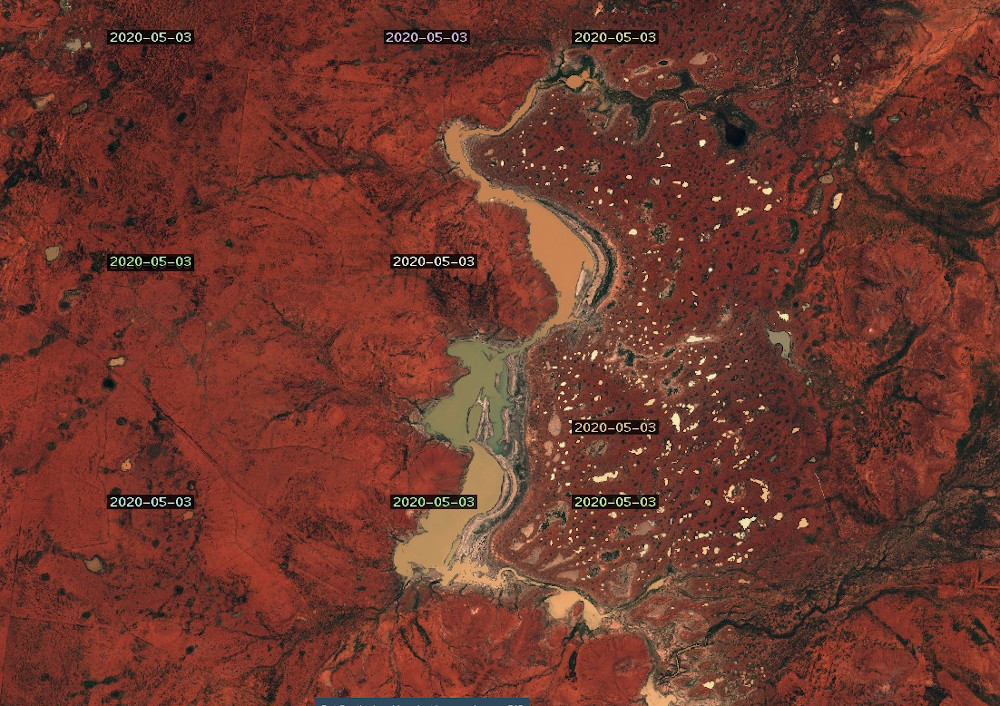
We spent a couple of hours walking the area and finally found Orange Chats (Epthianura aurifrons) fairly close to the lakes-edge, but bird-life still seemed rather sparse.
Heading west we ‘filled-up’ with petrol and snacks in Thargomindah then continued on the sealed road to the Noccundra hoping to see Grey Grasswren (Amytornis barbatus) where they have been reported in the past, unfortunately the habitat (Lignum bushes) seemed unsuitable near the hotel but we did find a couple of suitable ‘patches’ along the rather full Wilson River however there was no sign of the birds despite seeing plenty of White-winged and Purple-backed Fairywrens (Malurus leucopterus and assimilis) Also present in one flowering eucalypt were two truly desert species, Black and Pied Honeyeater (Sugomel nigrum and Certhionyx variegatus) Ebird List
We were also successful in finding one of Mikes ‘most-wanted’ a Chestnut-breasted Quail-thrush (Cinclosoma castaneothorax) on the roadside but the resultant images left something to be desired. We were soon to be ‘rewarded’ though.
On Monday we got up early and drove to Kilcowera Station, about 90 kms south of Thargomindah and checked in with Toni Sherwin, who told us that they had recently had 7 inches of rain and consequently that there was a great re-growth of vegetation, however the country and it’s wildlife were still fairly ‘devastated’ from last years extreme-drought. Later I realized that some species had almost totally disappeared since my last visit in 2012, mostly insectivorous birds like Jacky-Winter (Microeca fascinans) Striated Pardalote (Pardalotus striatus) and Southern Whiteface (Aphelocephala leucopsis) but also normally very obvious ones like Laughing Kookaburra (Dacelo novaeguineae) and Australian Magpie (Gymnorhina tibicen). The wild-flowers were quite inspiring though, would love to know what some of those below are called.
Toni let us know that she thought that the rocky-ridge on the way into the station might be a worthwhile place to start birding and so we arrived there at dawn, it wasn’t long before we heard calls of the Crested Bellbird (Oreoica gutturalis) and soon after a Quail-thrush. This male was incredibly ‘curious’ and we got some great images, video and audio.
On Wednesday we headed out to Lake Wyara on the western border of Currawinya National Park, a 60 km round-trip. We had hoped to find Cinnamon Quail-thrush which had been reported from the stony escarpment area.
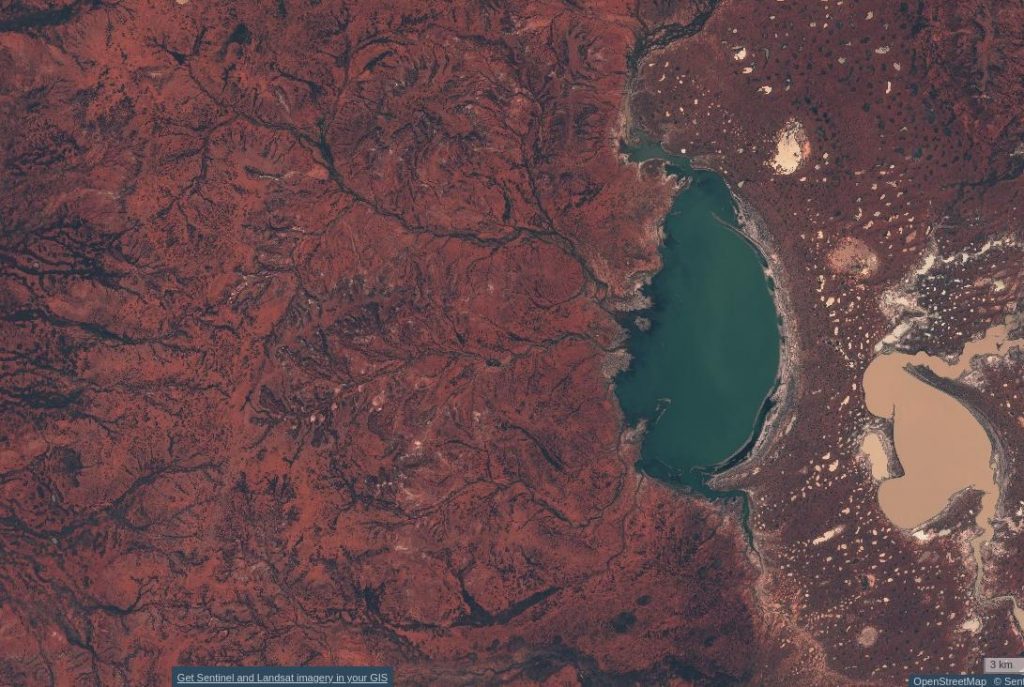
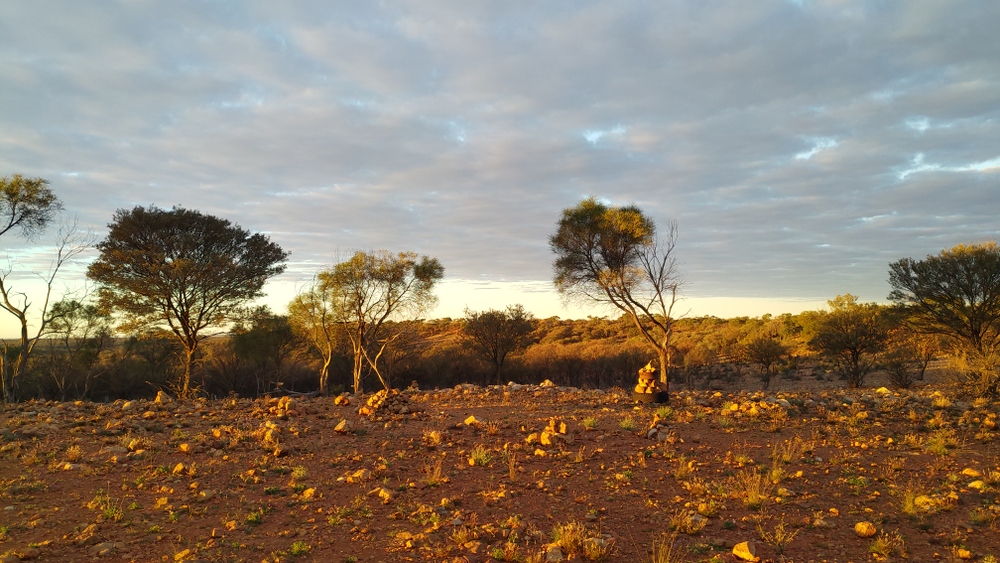
At dawn we arrived at ‘Roy’s Hill’ a nice spot on the edge of a large escarpment, fairly close to here we found a calling Chestnut-breasted Quail-thrush (possibly a pair), however there was no sign of a Cinnamon. The drive from here to Lake Wyara was fairly uneventful bird-wise, though we did get nice views of a Red-backed Kingfisher (Todiramphus pyrrhopygius) as we got close to the lake the avian bio-diversity increased markedly, with flocks of hirundines, and good numbers of honeyeaters and grassland species such as pipits and songlarks. The access road at the Currawinya NP gate was very close to the water’s edge and we left the vehicle there and had a wander around the lakes-edge. There was a reasonable amount of bird-life on and around the lake with Black Swan (Cygnus atratus), Pink-eared Ducks (Malacorhynchus membranaceus) Australasian Shoveler (Spatula rhynchotis) Hoary-headed Grebe (Poliocephalus poliocephalus) Australasian Darter (Anhinga novaehollandiae) and a few Australian Gull-billed Tern (Gelochelidon macrotarsa) which tried to chase us away from their nests. There were also surprisingly few cormorants. Ebird List
The remaining day was spent checking other habitats on the property, and close to the homestead Greg and Toni showed us an area of extensive wetland, there were quite a few Pink-eared Duck, Plumed Whistling (Dendrocygna eytoni) and Australian Wood Duck (Chenonetta jubata) with young, a single Red-kneed Dotterel (Erythrogonys cinctus) several Black-fronted Plover (Elseyornis melanops) and a few Brown Treecreepers (Climacteris picumnus). Several species of Woodswallow, White-browed, Masked and White-breasted (Artamus superciliosus, personatus, leucorynchus) appeared to be nesting. Ebird List
Unfortunately Friday arrived and we had to head back to Brisbane with an overnight at the Eulo Queen, the birding was fairly quiet until we spotted a fine adult Black-breasted Buzzard (Hamirostra melanosternon) flying over one of the paddocks, fortunately we were patient and it headed back towards us and ‘checked’ us out. We also saw another later in the day near Eulo but that one refused to hang around.
Mike was still unhappy about our lack of Ground Cuckoo-shrikes (Coracina maxima) and White-browed Tree-creepers (Climacteris affinis) so I tried to fix the problem with a look at the Pitherty Road wetland just outside Eulo. Amazingly, we turned-up a pair of tree-creepers minutes after our arrival, but the cuckoo-shrikes remain ‘just a dream’ for him for another day. Later that afternoon we took a drive along the track to Eulo Cemetery and that was quite productive with great views of another pair of tree-creepers and Chestnut-rumped Thornbills (Acanthiza uropygialis). Ebird List
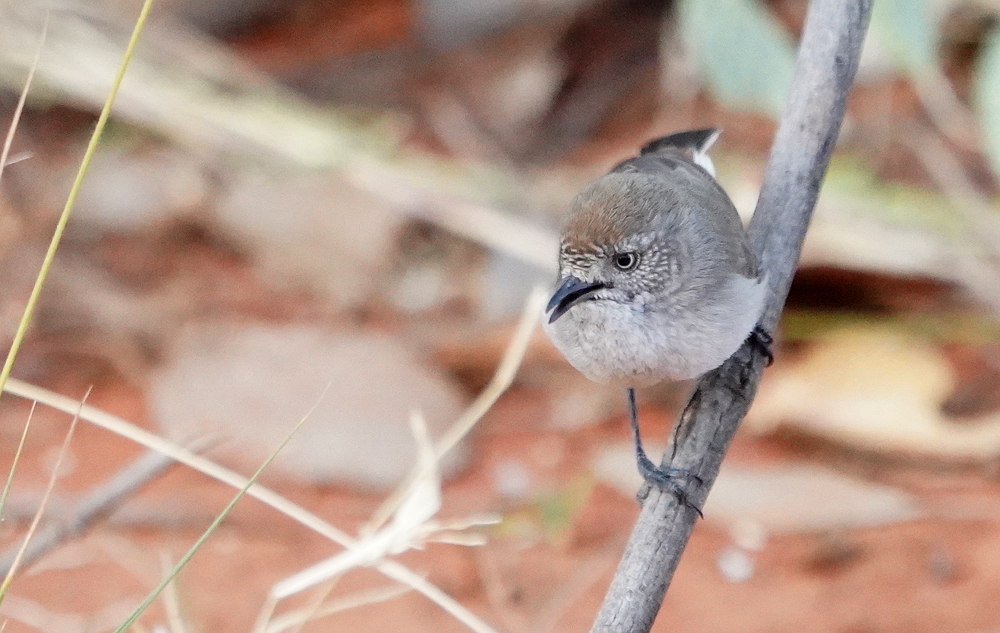
Chestnut-rumped Thornbill 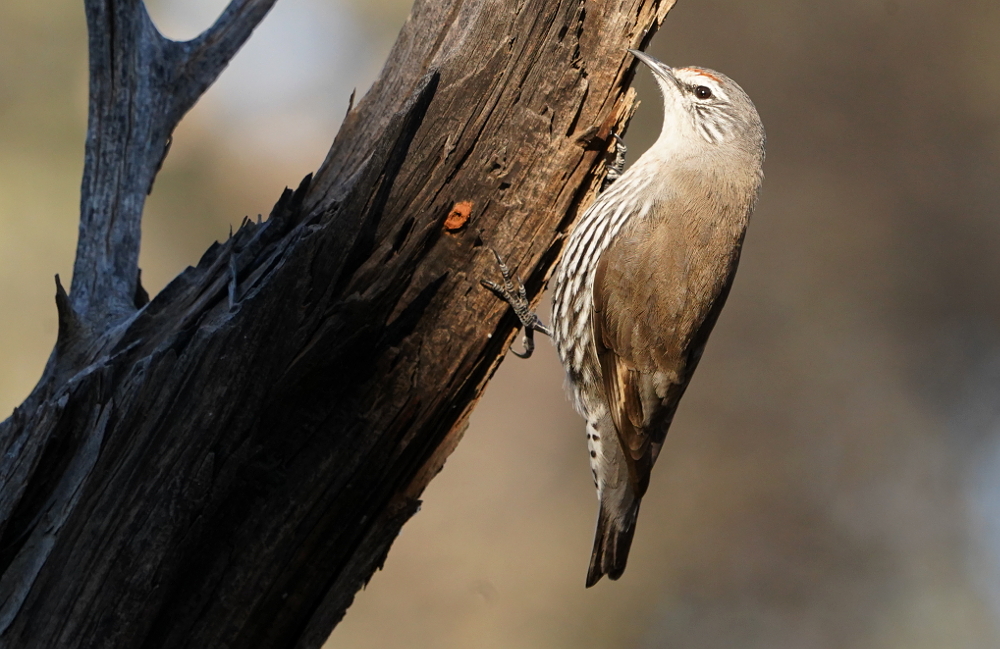
White-browed Treecreeper 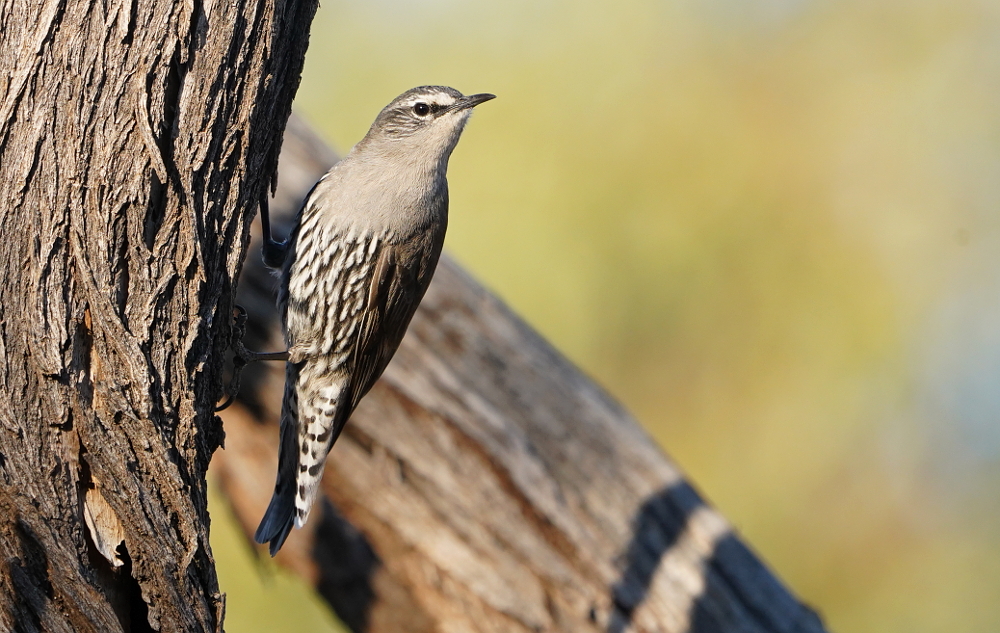
White-browed Treecreeper 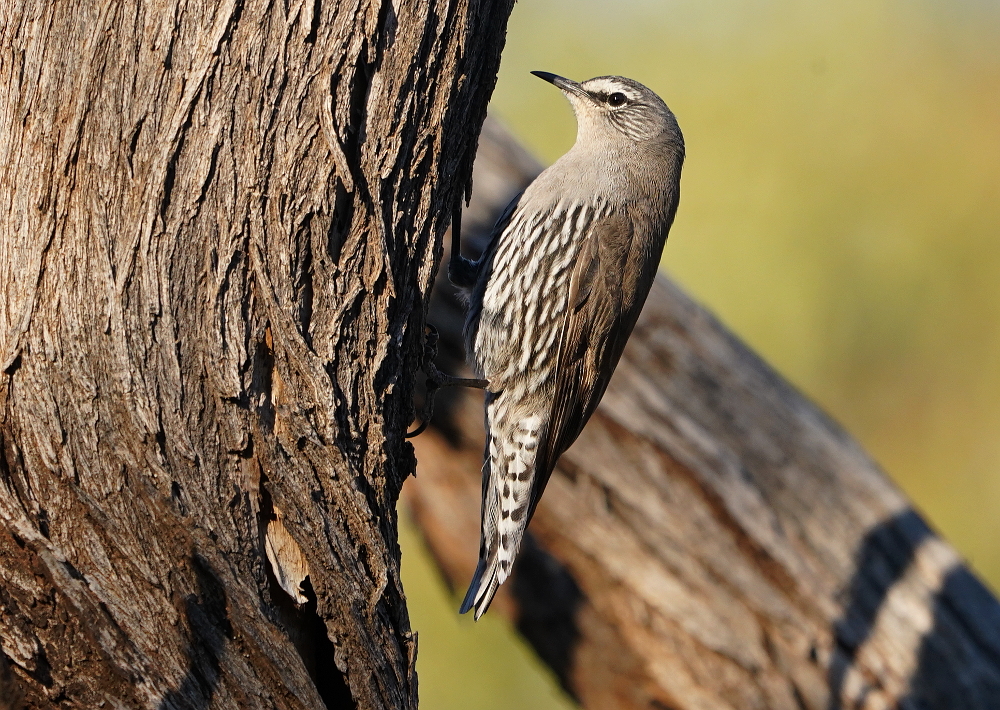
White-browed Treecreeper
So ended another trip, many thanks to Col Mace, Toni and Greg and all the others that made the trip such an enjoyable one….next stop Darwin in July (….’virus-willing!)
Ebird Summary of Species
Ebird Summary of SpeciesREPORT: Species Totals
Report Details
Date range: Jun 1, 2020 – Jun 30, 2020 Total # of Species: 102
Total # of Checklists: 16
Location(s): 6 Leo Street, Eulo, Queensland, AU (-28.16, 145.047); Balonne Highway, Nebine, Queensland, AU (-27.997, 146.593); Bulloo River Channel at Hungerford Rd, Thargomindah; Bundeena Road, Norley, Queensland, AU (-27.77, 143.342); Cunnamulla Road, Dynevor, Queensland, AU (-28.094, 144.204); Dynevor, Queensland, AU (-28.704, 144.177); Hungerford Road, Dynevor, Queensland, AU (-28.309, 143.848); Kilcowera Access, Dynevor, Queensland, AU (-28.623, 143.871); Kilcowera Access, Dynevor, Queensland, AU (-28.637, 143.911); Kilcowera Road, Hungerford, Queensland, AU (-28.687, 143.942); Kilcowera Station – Homestead; Kilcowera Station–Mt Ray; Lake Bindegolly National Park–near highway bridge; Pithery Road, Eulo, Queensland, AU (-28.189, 145.024); Unnamed Road, Dynevor, Queensland, AU (-28.67, 143.901)
Summary
Number of Species — 91 55 — — —
Number of Individuals — 2,532 580 — — —
Number of Checklists — 12 4 — — —
Total Number of Birds (sample size)
Species Name
Plumed Whistling-Duck (Dendrocygna eytoni) — 6
(1) — — — —
Black Swan (Cygnus atratus) — 7
(1) — — — —
Australian Wood Duck (Chenonetta jubata) — 361
(4) — — — —
Australasian Shoveler (Spatula rhynchotis) — 15
(3) — — — —
Pacific Black Duck (Anas superciliosa) — 9
(3) — — — —
Grey Teal (Anas gracilis) — 50
(6) — — — —
Pink-eared Duck (Malacorhynchus membranaceus) — 19
(4) 3
(1) — — —
Hardhead (Aythya australis) — 14
(1) — — — —
Hoary-headed Grebe (Poliocephalus poliocephalus) — 62
(5) — — — —
Common Bronzewing (Phaps chalcoptera) — 6
(4) 5
(3) — — —
Crested Pigeon (Ocyphaps lophotes) — 14
(3) 13
(2) — — —
Diamond Dove (Geopelia cuneata) — 30
(6) 7
(3) — — —
Horsfield’s Bronze-Cuckoo (Chrysococcyx basalis) — — 2
(2) — — —
Pallid Cuckoo (Cacomantis pallidus) — 1
(1) 1
(1) — — —
Eurasian Coot (Fulica atra) — 3
(1) — — — —
Brolga (Antigone rubicunda) — 8
(3) — — — —
Pied Stilt (Himantopus leucocephalus) — 3
(2) 2
(1) — — —
Banded Lapwing (Vanellus tricolor) — 4
(1) — — — —
Masked Lapwing (Vanellus miles) — 2
(1) — — — —
Red-kneed Dotterel (Erythrogonys cinctus) — 1
(1) — — — —
Black-fronted Dotterel (Elseyornis melanops) — 4
(3) — — — —
Little Buttonquail (Turnix velox) — 5
(1) — — — —
Silver Gull (Chroicocephalus novaehollandiae) — 1
(1) — — — —
Gull-billed Tern (Gelochelidon nilotica) — 3
(2) — — — —
Caspian Tern (Hydroprogne caspia) — 1
(1) — — — —
Australasian Darter (Anhinga novaehollandiae) — 1
(1) — — — —
Great Cormorant (Phalacrocorax carbo) — 1
(1) — — — —
Little Black Cormorant (Phalacrocorax sulcirostris) — 2
(1) — — — —
Australian Pelican (Pelecanus conspicillatus) — 5
(1) — — — —
White-necked Heron (Ardea pacifica) — 3
(2) 1
(1) — — —
Australian White Ibis (Threskiornis molucca) — — 1
(1) — — —
Straw-necked Ibis (Threskiornis spinicollis) — 1
(1) — — — —
Little Eagle (Hieraaetus morphnoides) — 1
(1) — — — —
Wedge-tailed Eagle (Aquila audax) — 4
(3) 2
(2) — — —
Spotted Harrier (Circus assimilis) — 2
(1) — — — —
Brown Goshawk (Accipiter fasciatus) — 2
(2) 1
(1) — — —
Black Kite (Milvus migrans) — — 8
(1) — — —
Whistling Kite (Haliastur sphenurus) — 4
(4) — — — —
Red-backed Kingfisher (Todiramphus pyrrhopygius) — 1
(1) — — — —
Sacred Kingfisher (Todiramphus sanctus) — — 1
(1) — — —
Australian Hobby (Falco longipennis) — 3
(2) 2
(2) — — —
Brown Falcon (Falco berigora) — 10
(6) 3
(3) — — —
Grey Falcon (Falco hypoleucos) — 1
(1) — — — —
Black Falcon (Falco subniger) — 1
(1) 1
(1) — — —
Major Mitchell’s Cockatoo (Lophochroa leadbeateri) — 2
(1) 5
(1) — — —
Galah (Eolophus roseicapilla) — 6
(3) 4
(2) — — —
Little Corella (Cacatua sanguinea) — 24
(3) 3
(2) — — —
Cockatiel (Nymphicus hollandicus) — 65
(4) 156
(3) — — —
Bourke’s Parrot (Neophema bourkii) — 4
(2) 1
(1) — — —
Australian Ringneck (Barnardius zonarius) — 4
(1) 4
(2) — — —
Greater Bluebonnet (Northiella haematogaster) — — 2
(1) — — —
Mulga Parrot (Psephotus varius) — 2
(1) 2
(2) — — —
Budgerigar (Melopsittacus undulatus) — 964
(10) 201
(2) — — —
Spotted Bowerbird (Chlamydera maculata) — 6
(5) 3
(3) — — —
White-browed Treecreeper (Climacteris affinis) — — 2
(1) — — —
Brown Treecreeper (Climacteris picumnus) — 3
(1) 3
(2) — — —
Purple-backed Fairywren (Malurus assimilis) — 11
(2) 3
(1) — — —
Splendid Fairywren (Malurus splendens) — 5
(2) — — — —
White-winged Fairywren (Malurus leucopterus) — 12
(2) — — — —
Pied Honeyeater (Certhionyx variegatus) — 2
(1) — — — —
White-fronted Honeyeater (Purnella albifrons) — — 2
(2) — — —
Yellow-throated Miner (Manorina flavigula) — 8
(3) 8
(3) — — —
Spiny-cheeked Honeyeater (Acanthagenys rufogularis) — 12
(8) 4
(4) — — —
Singing Honeyeater (Gavicalis virescens) — 2
(2) 5
(3) — — —
White-plumed Honeyeater (Ptilotula penicillata) — 6
(2) 2
(2) — — —
Crimson Chat (Epthianura tricolor) — 20
(3) — — — —
Orange Chat (Epthianura aurifrons) — 5
(2) — — — —
Black Honeyeater (Sugomel nigrum) — 14
(8) 7
(3) — — —
Brown Honeyeater (Lichmera indistincta) — 1
(1) 2
(1) — — —
Little Friarbird (Philemon citreogularis) — — 1
(1) — — —
Chestnut-rumped Thornbill (Acanthiza uropygialis) — 6
(3) 4
(2) — — —
Chestnut-crowned Babbler (Pomatostomus ruficeps) — 18
(3) 3
(1) — — —
Chestnut-breasted Quail-thrush (Cinclosoma castaneothorax) — 4
(2) 2
(1) — — —
Black-faced Cuckooshrike (Coracina novaehollandiae) — 4
(3) 33
(3) — — —
White-winged Triller (Lalage tricolor) — 5
(2) 5
(2) — — —
Chirruping Wedgebill (Psophodes cristatus) — 1
(1) — — — —
Crested Bellbird (Oreoica gutturalis) — 6
(4) 6
(3) — — —
Grey Shrikethrush (Colluricincla harmonica) — — 1
(1) — — —
Rufous Whistler (Pachycephala rufiventris) — 2
(2) 4
(3) — — —
White-breasted Woodswallow (Artamus leucorynchus) — 2
(2) — — — —
Masked Woodswallow (Artamus personatus) — 3
(1) — — — —
White-browed Woodswallow (Artamus superciliosus) — 3
(1) 5
(2) — — —
Black-faced Woodswallow (Artamus cinereus) — 7
(3) — — — —
Grey Butcherbird (Cracticus torquatus) — 1
(1) 1
(1) — — —
Australian Magpie (Gymnorhina tibicen) — — 1
(1) — — —
Willie Wagtail (Rhipidura leucophrys) — 13
(6) 3
(2) — — —
Grey Fantail (Rhipidura albiscapa) — 1
(1) — — — —
Magpie-lark (Grallina cyanoleuca) — 13
(4) 5
(2) — — —
Restless Flycatcher (Myiagra inquieta) — 1
(1) — — — —
Apostlebird (Struthidea cinerea) — 8
(1) — — — —
Little Crow (Corvus bennetti) — 4
(1) — — — —
Australian Raven (Corvus coronoides) — 4
(2) 4
(2) — — —
Red-capped Robin (Petroica goodenovii) — 5
(4) 4
(3) — — —
Hooded Robin (Melanodryas cucullata) — — 2
(1) — — —
Brown Songlark (Cincloramphus cruralis) — 3
(3) — — — —
Rufous Songlark (Cincloramphus mathewsi) — 14
(7) 4
(2) — — —
Welcome Swallow (Hirundo neoxena) — 7
(4) — — — —
Fairy Martin (Petrochelidon ariel) — 7
(2) — — — —
Tree Martin (Petrochelidon nigricans) — 12
(3) — — — —
White-backed Swallow (Cheramoeca leucosterna) — 2
(1) — — — —
Zebra Finch (Taeniopygia guttata) — 525
(7) 20
(2) — — —
Australasian Pipit (Anthus novaeseelandiae) — 2
(2) — — — —
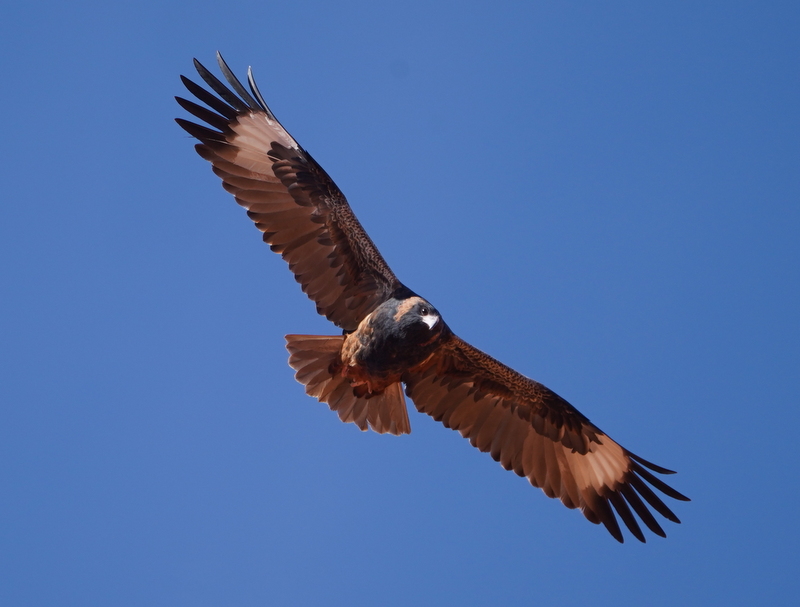
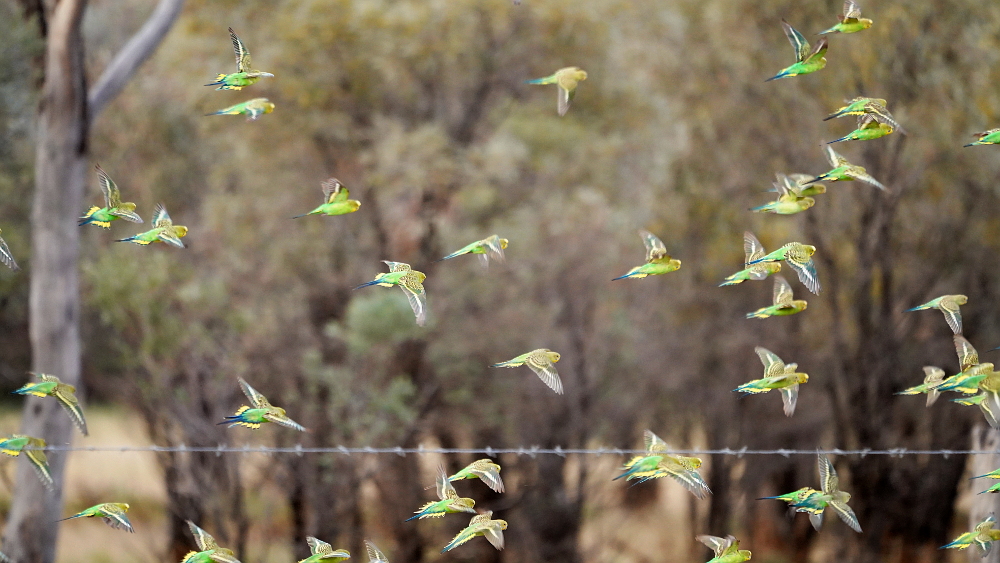


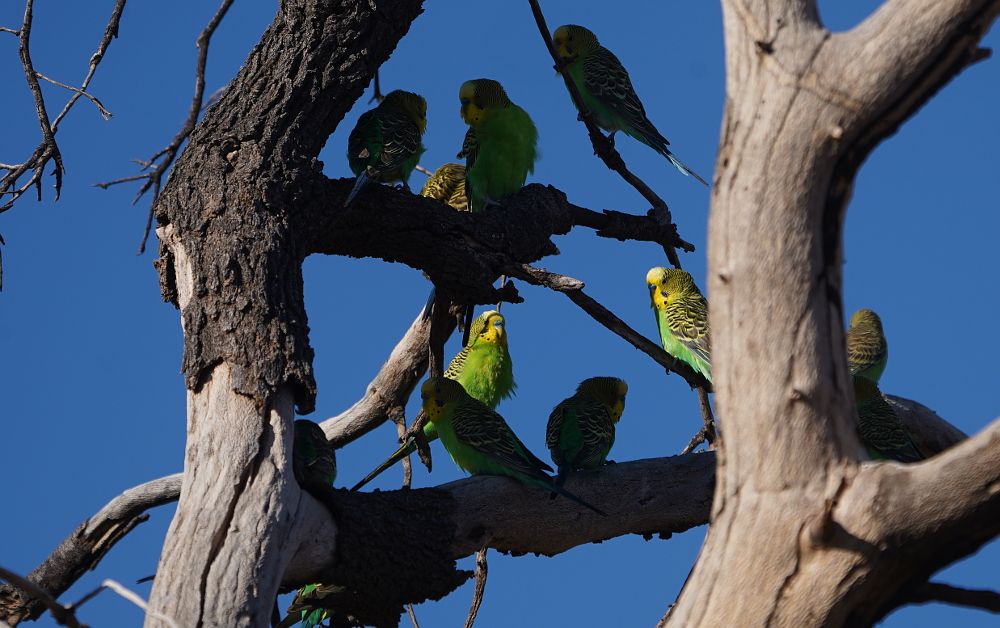
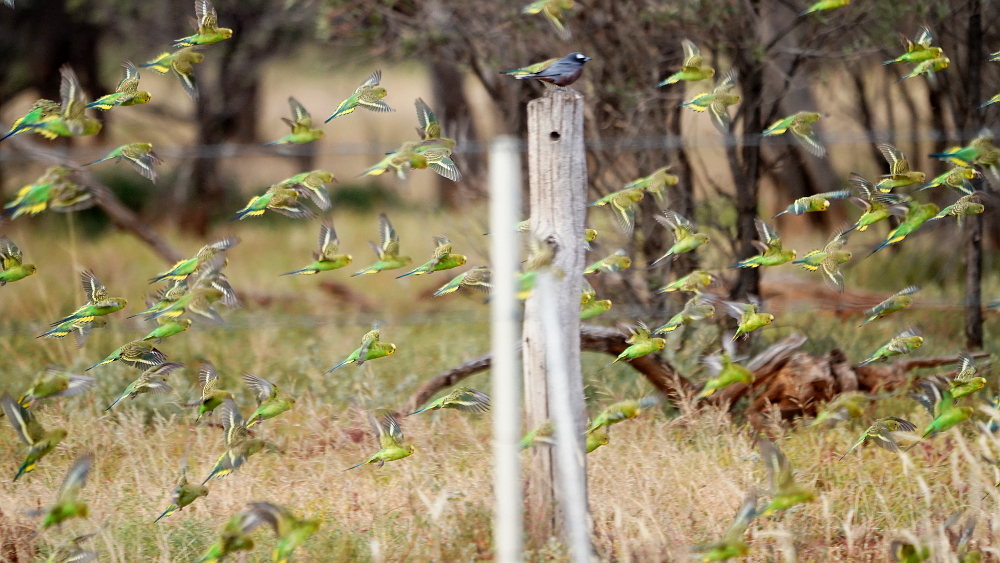
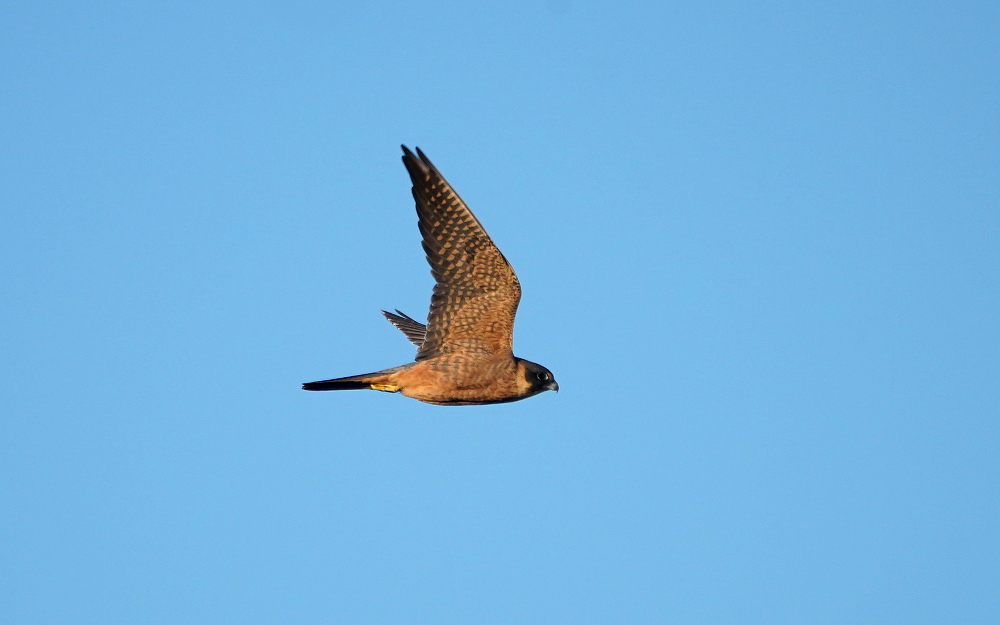
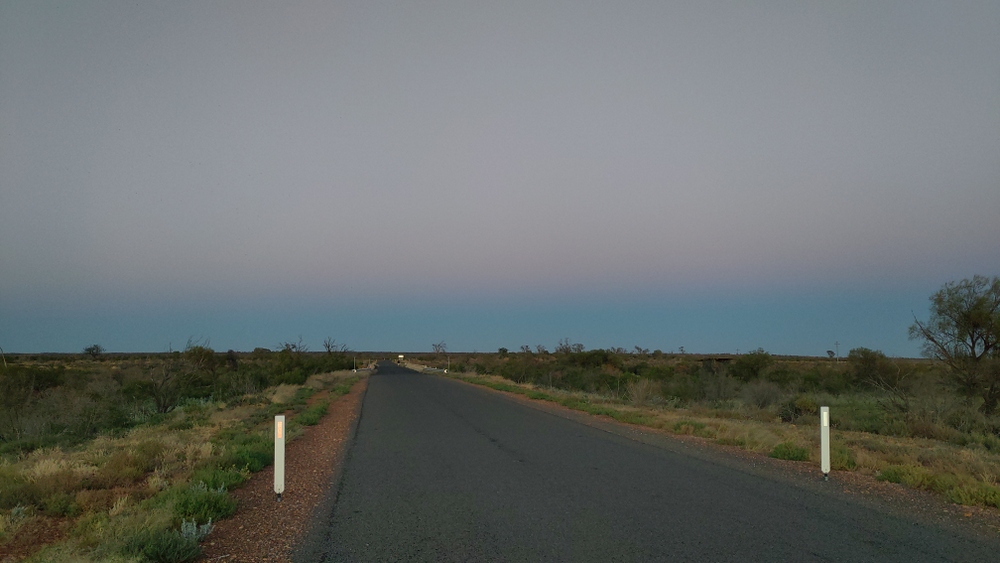
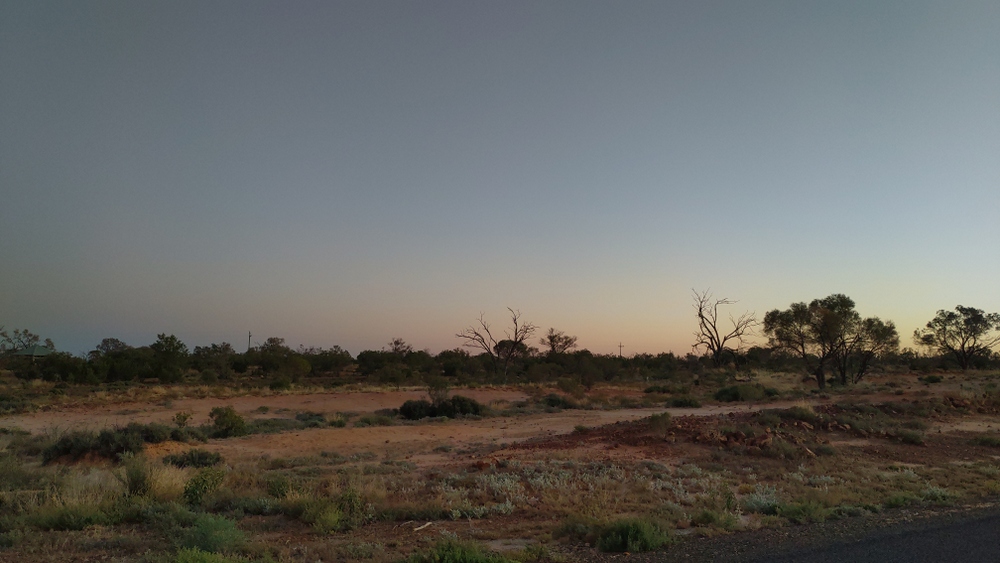
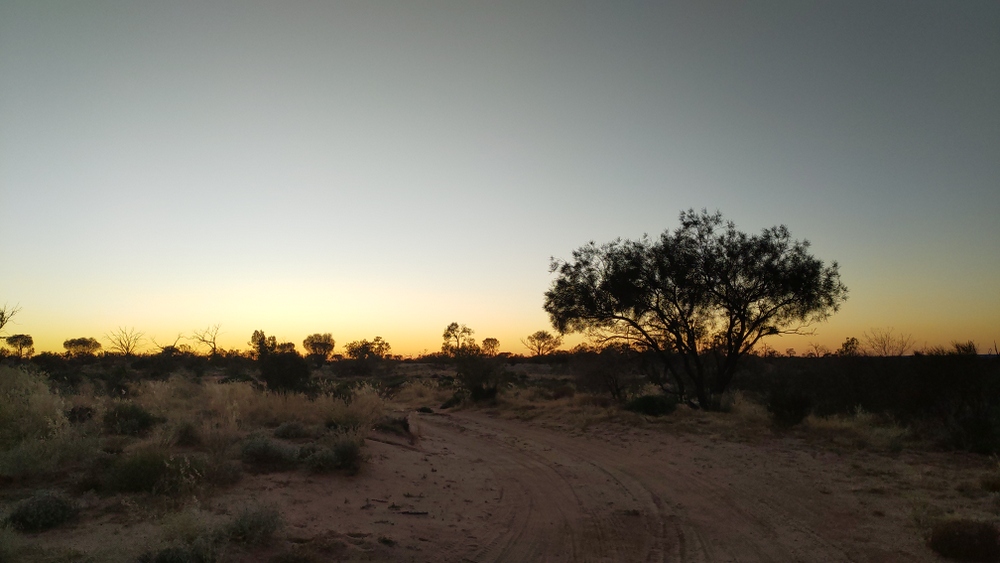
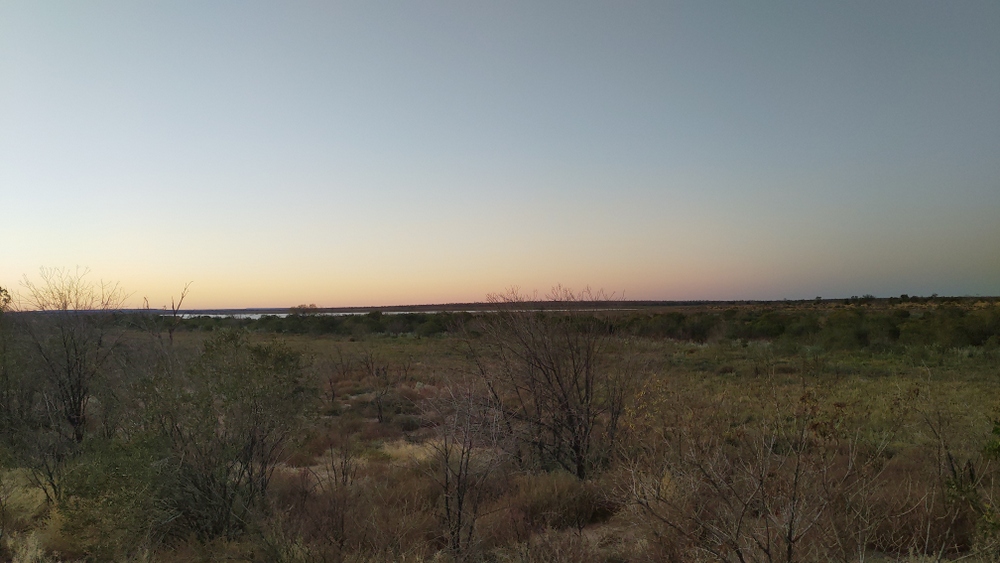
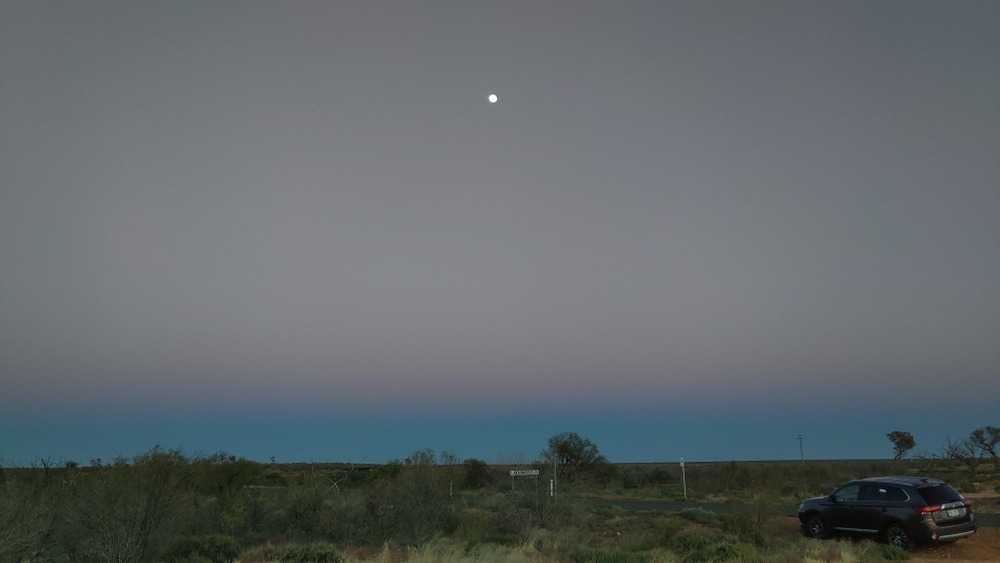
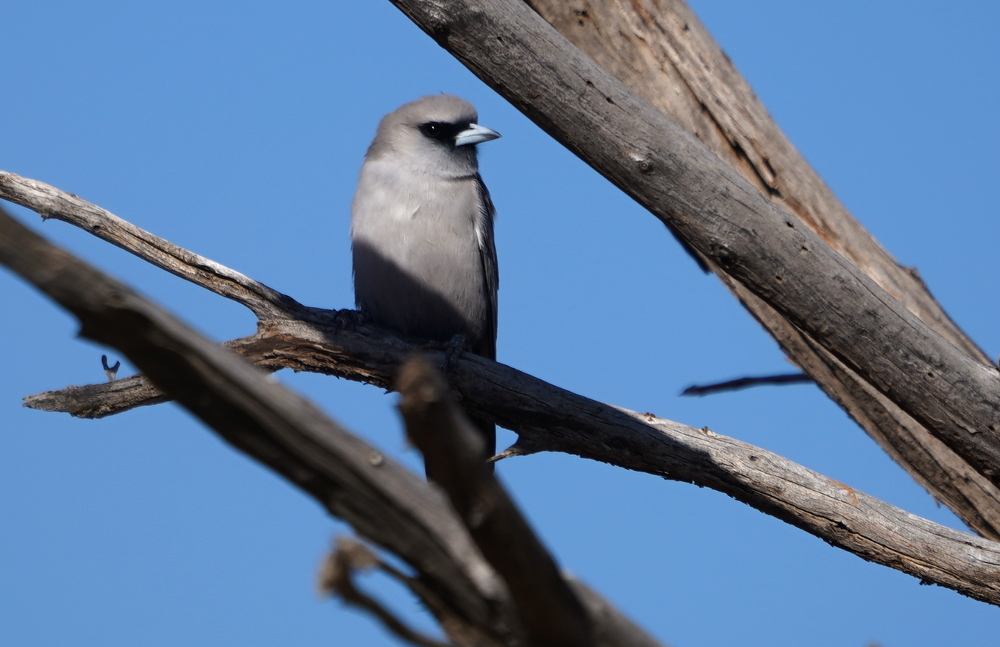
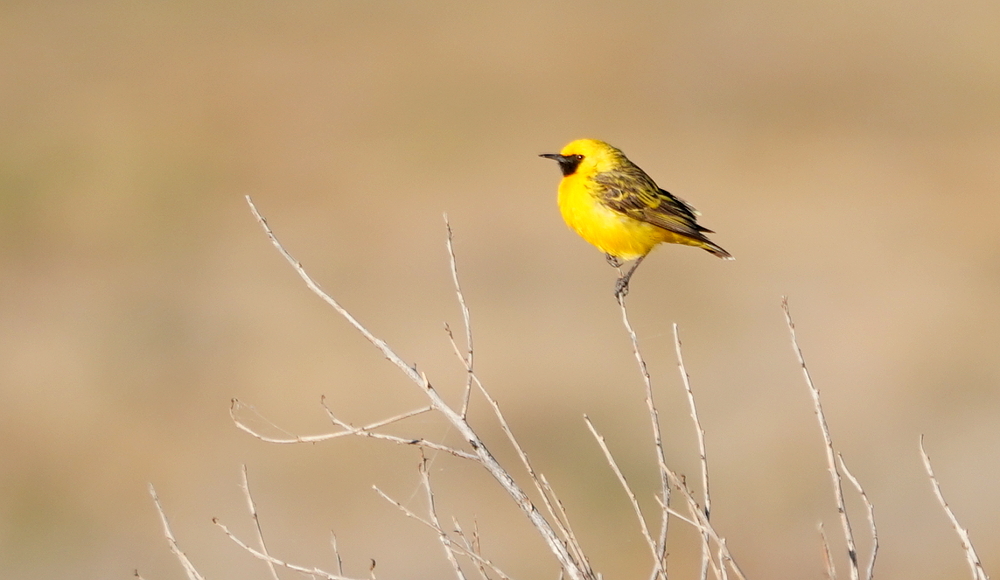
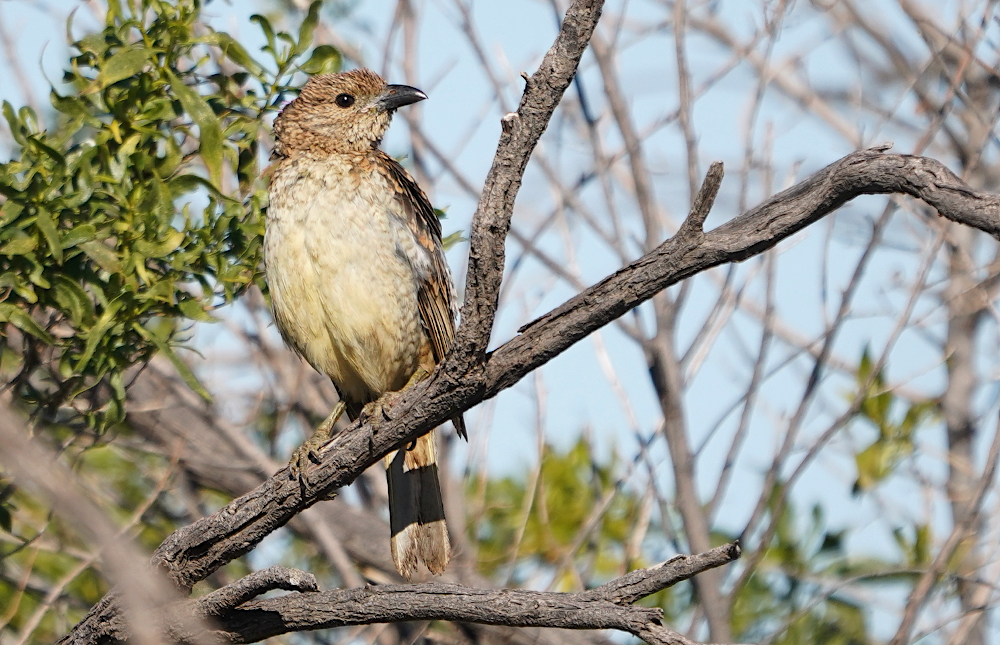
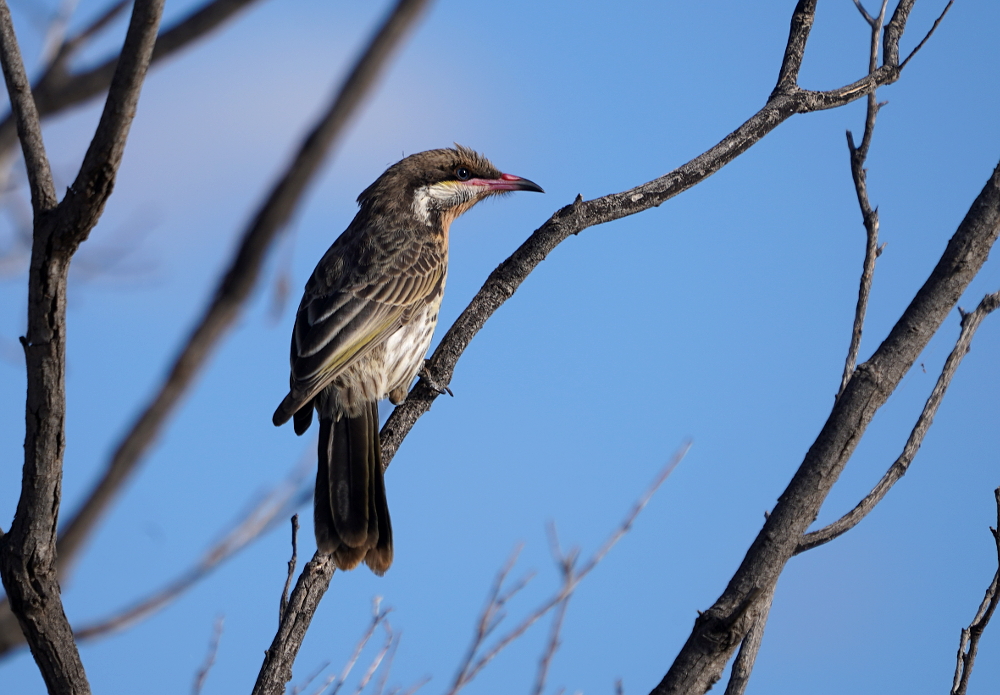
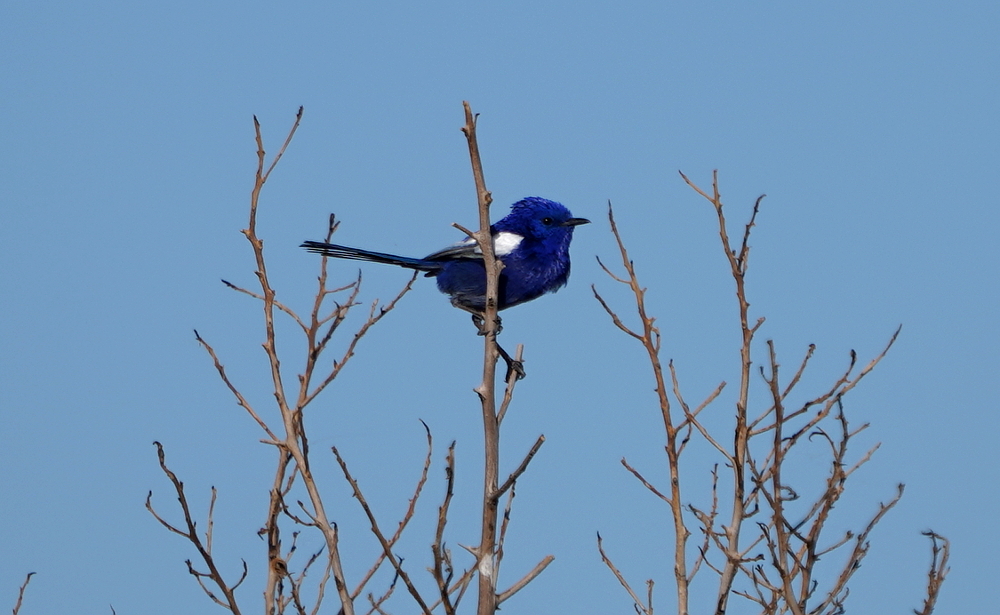
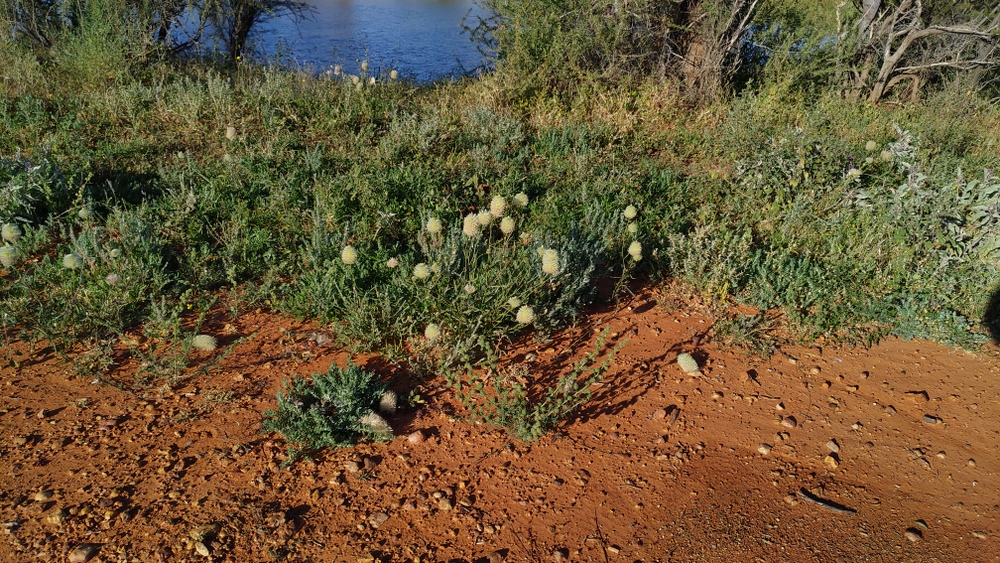

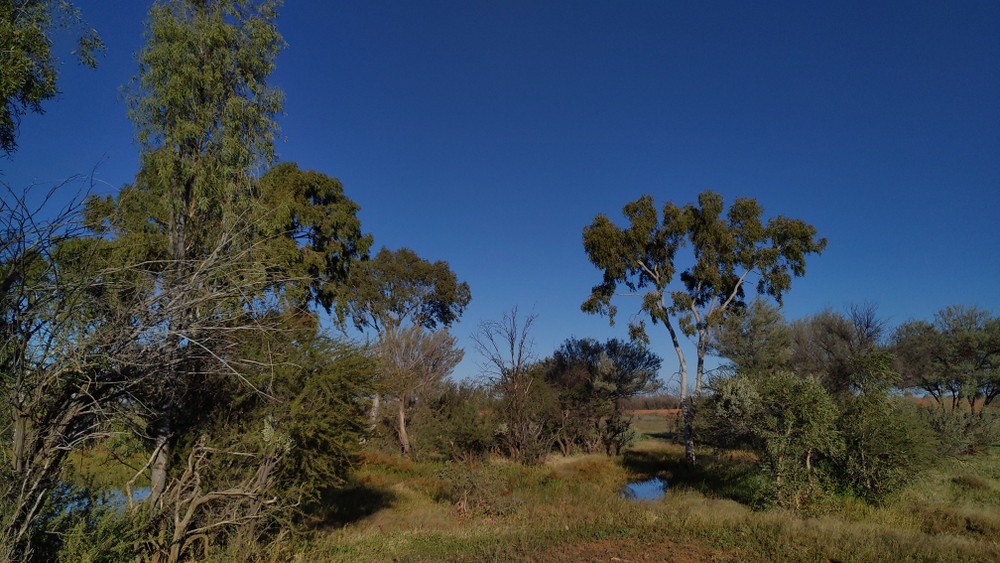
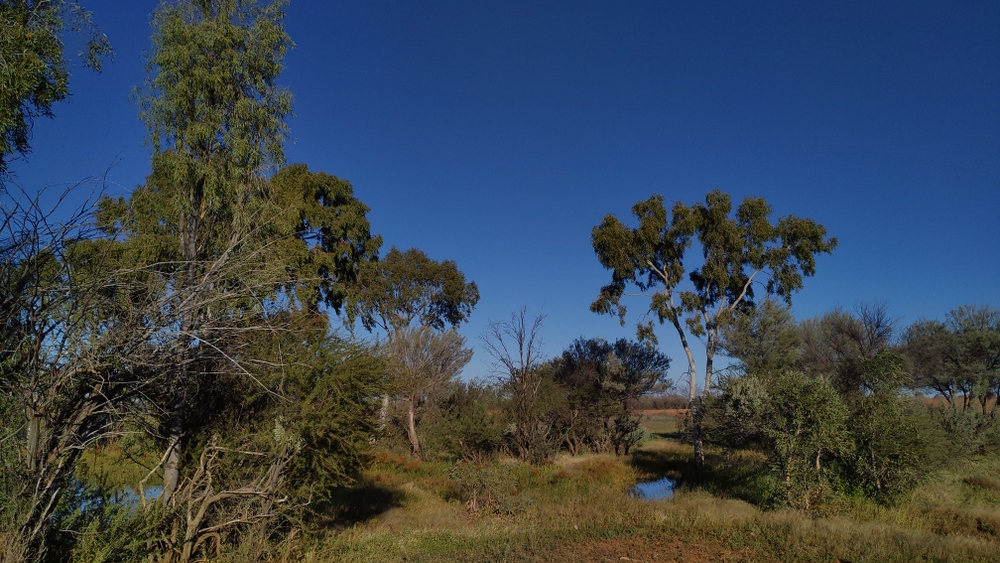
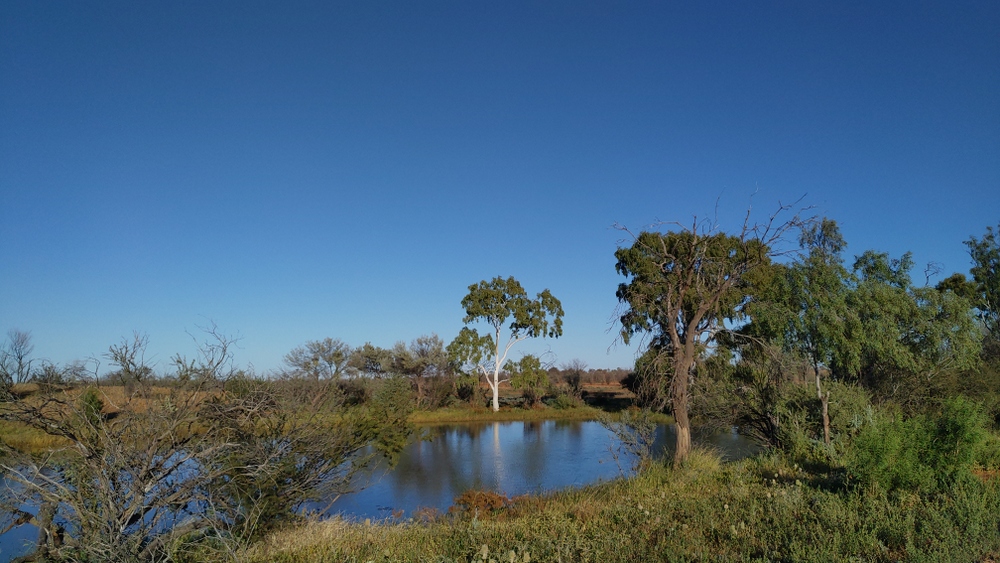
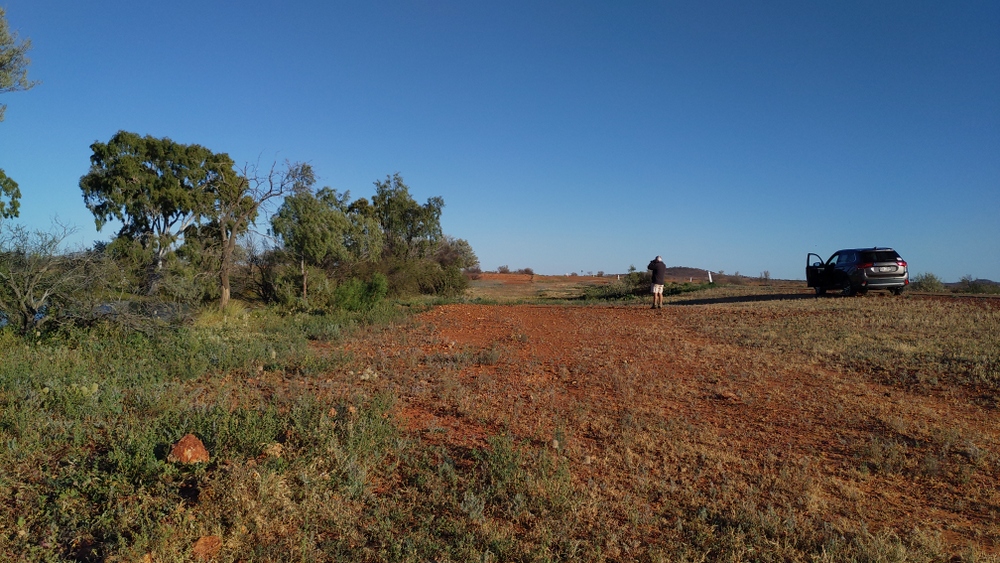
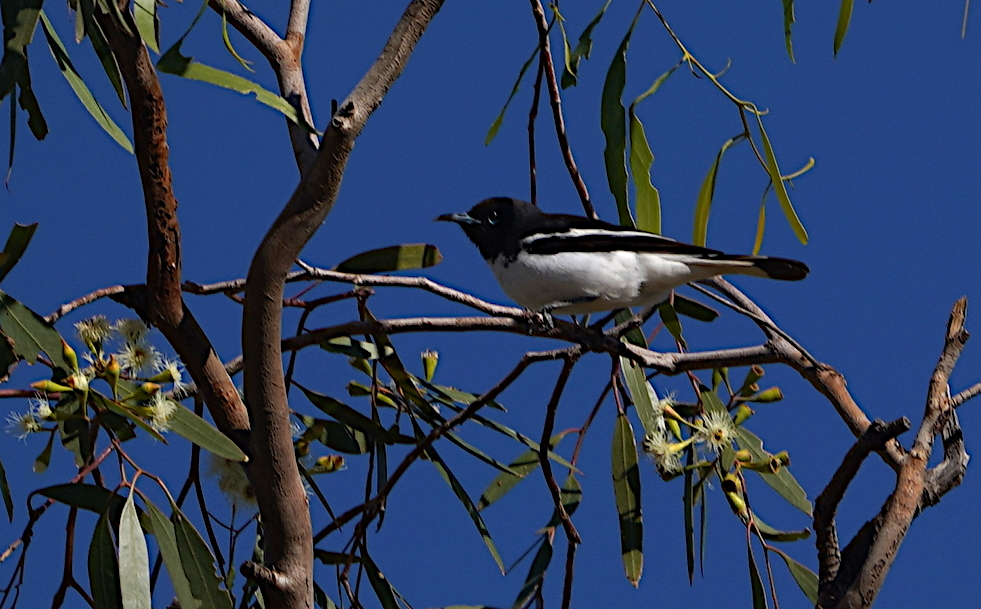
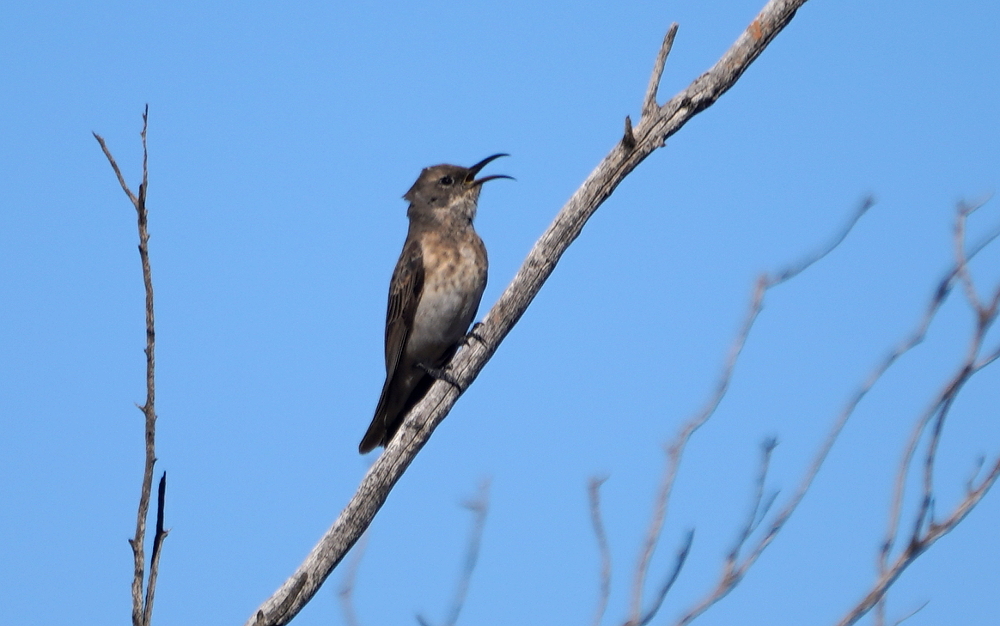

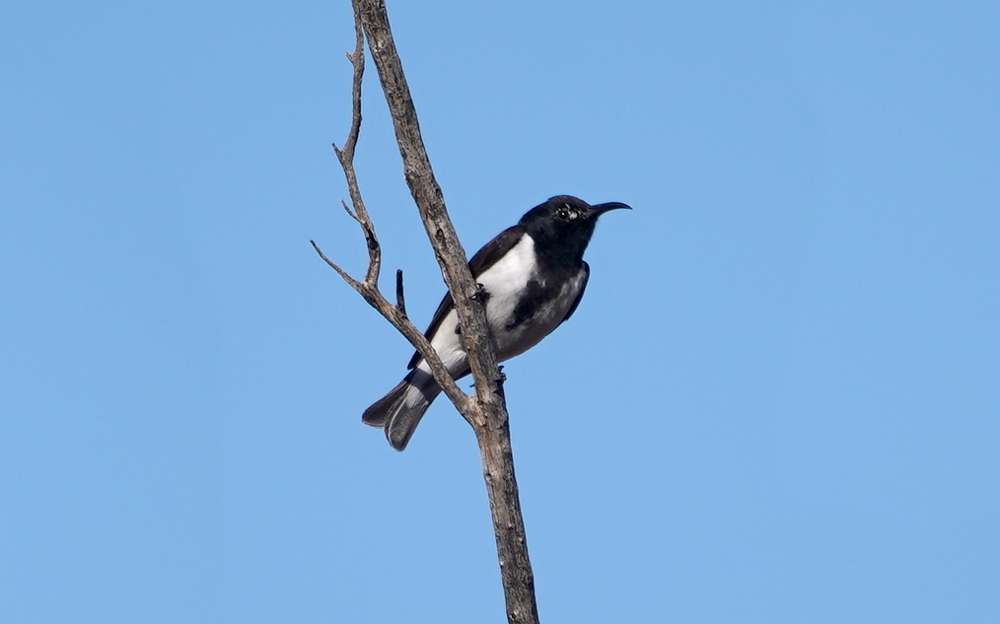
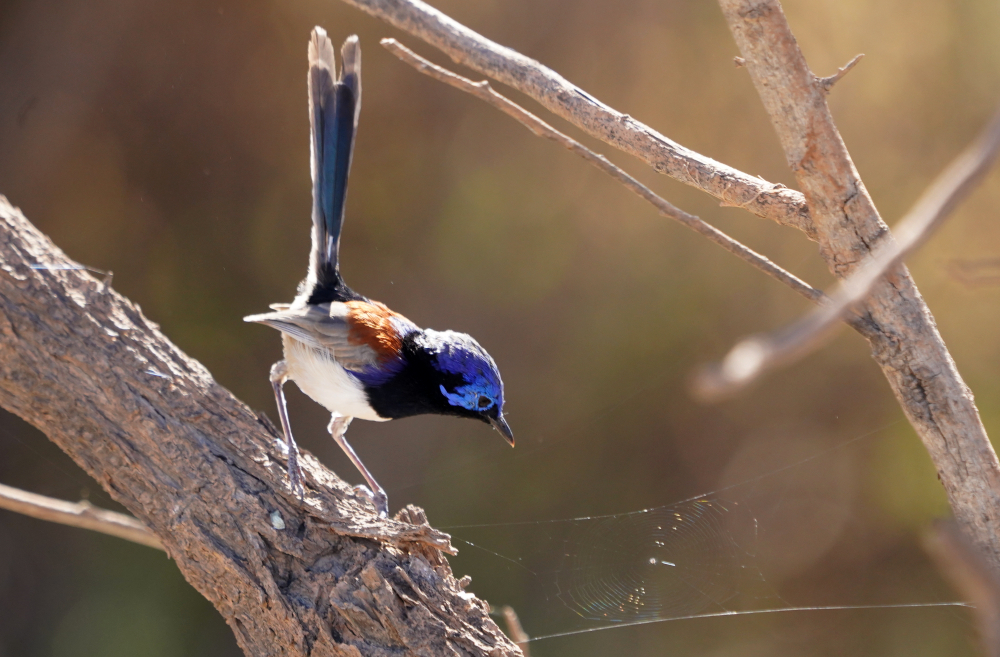
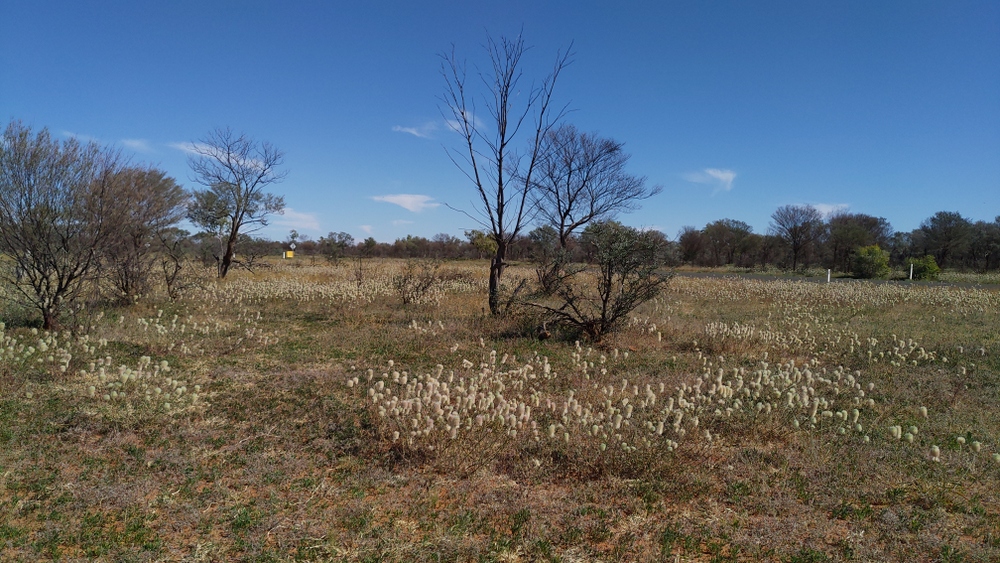
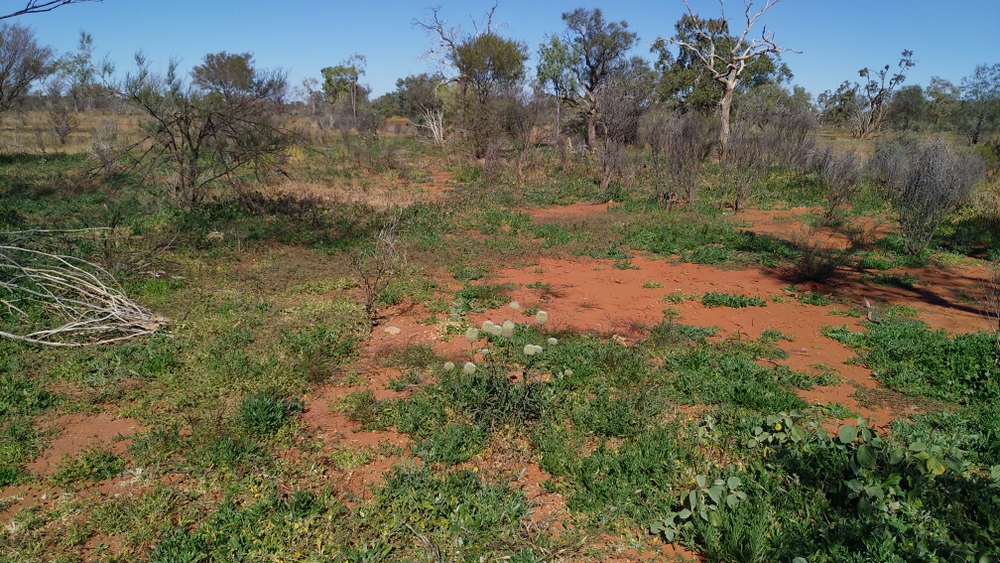

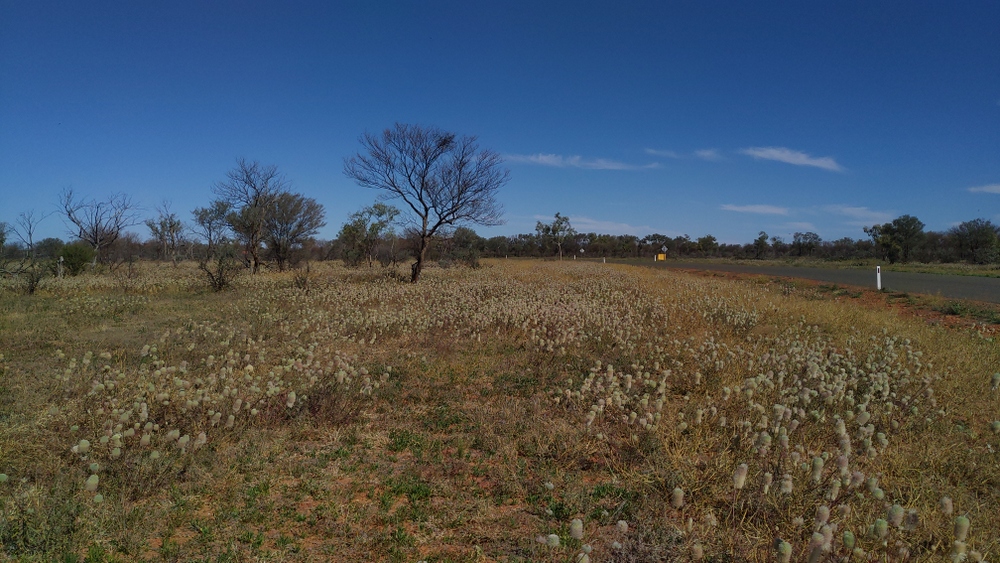
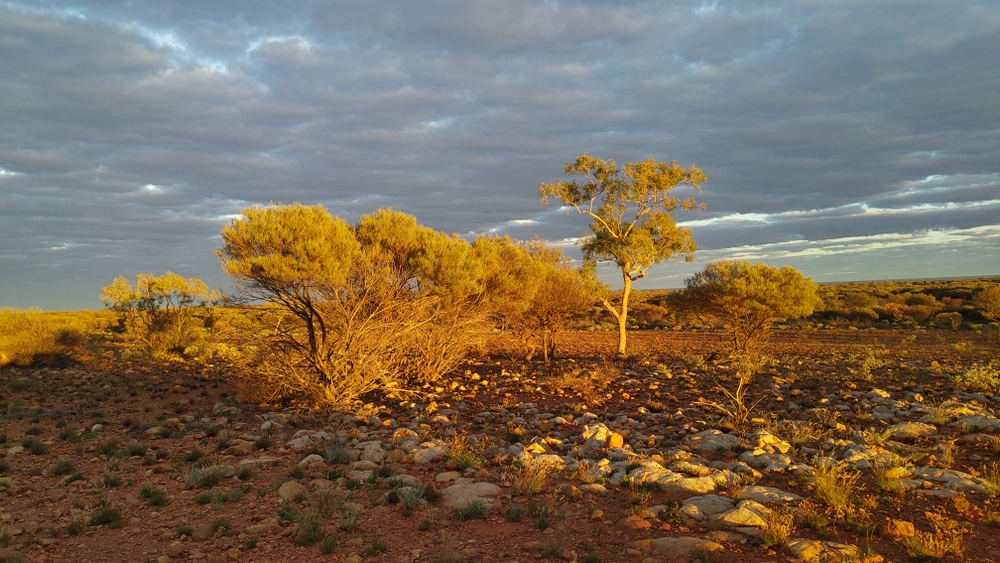
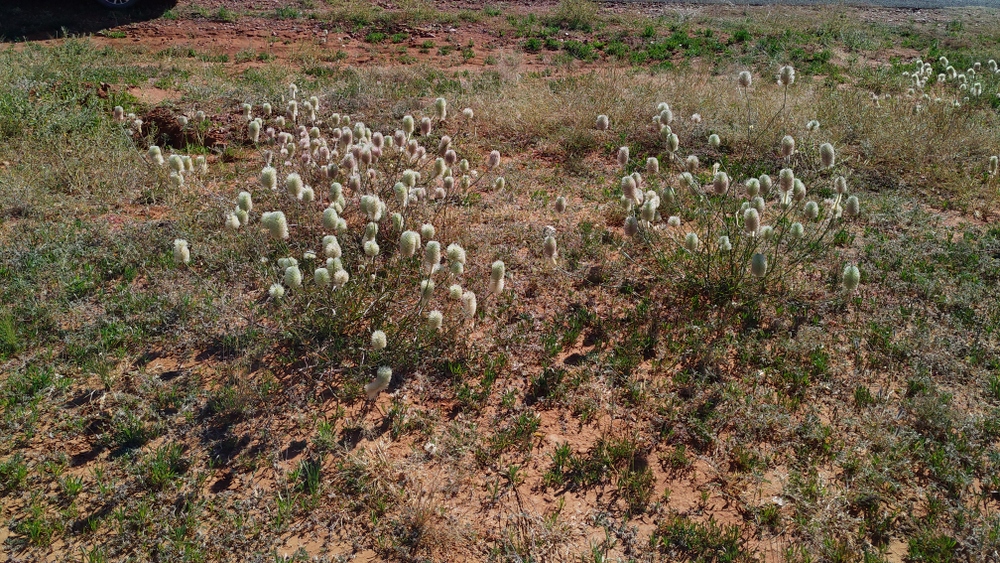
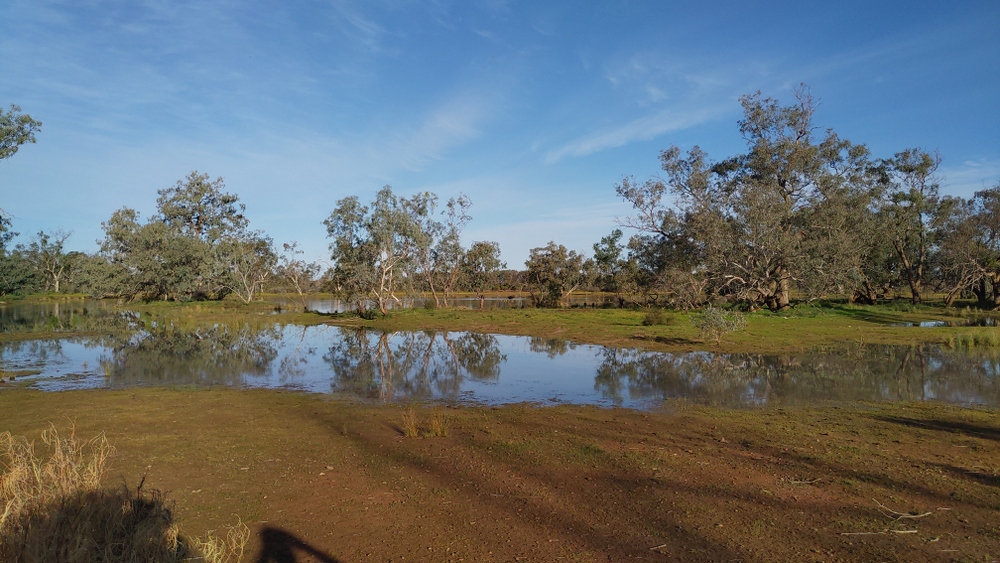
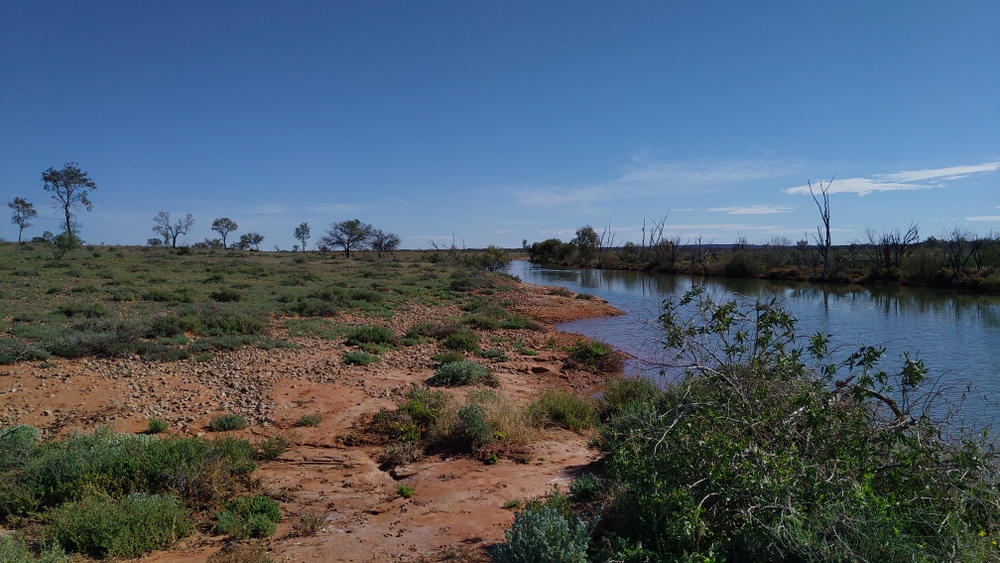
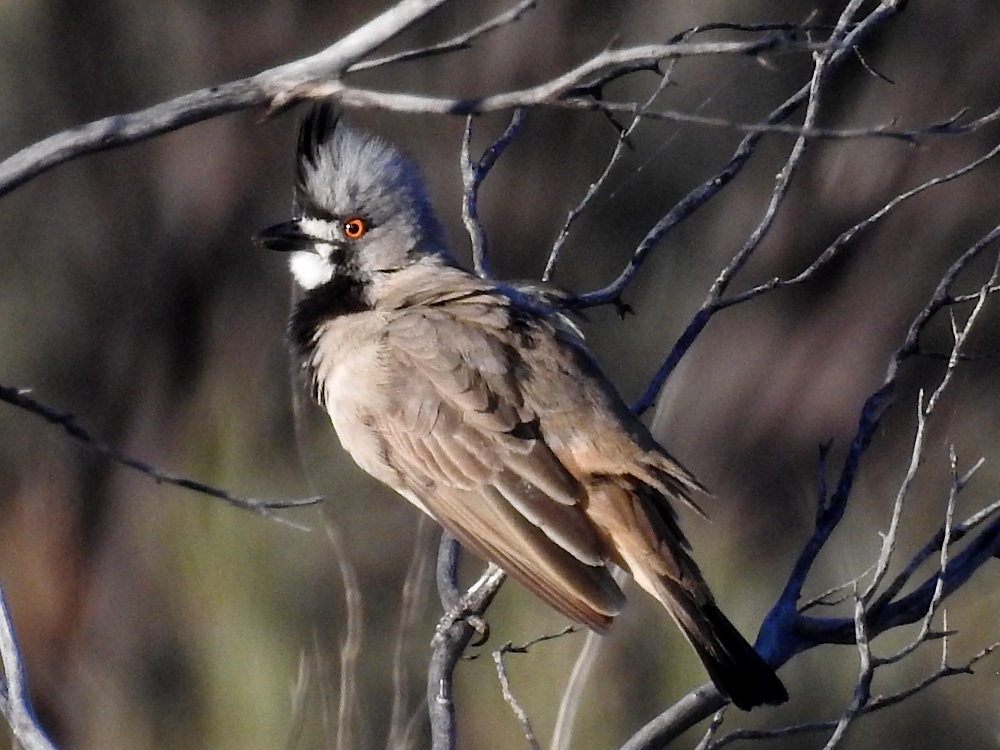
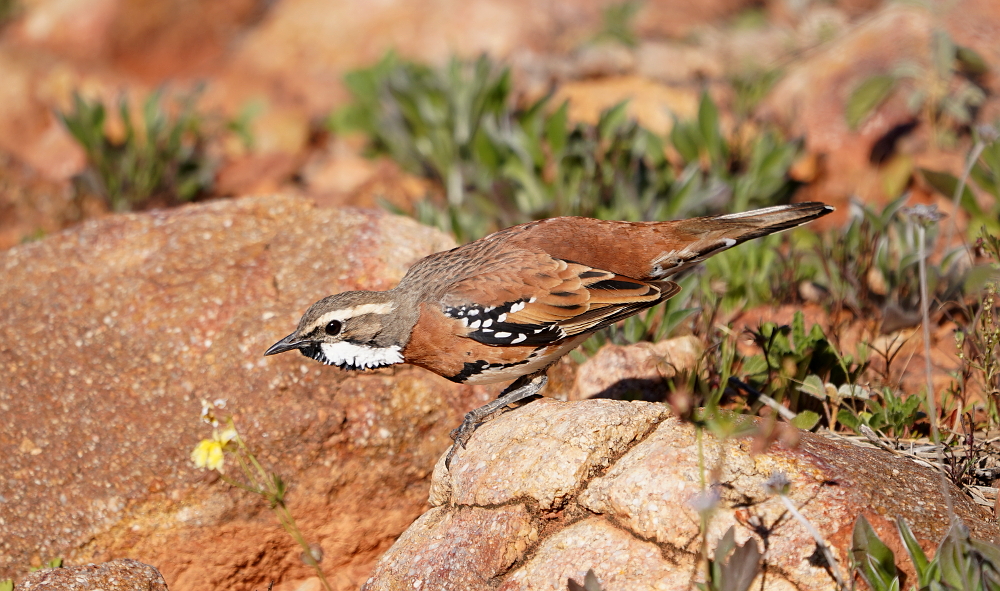
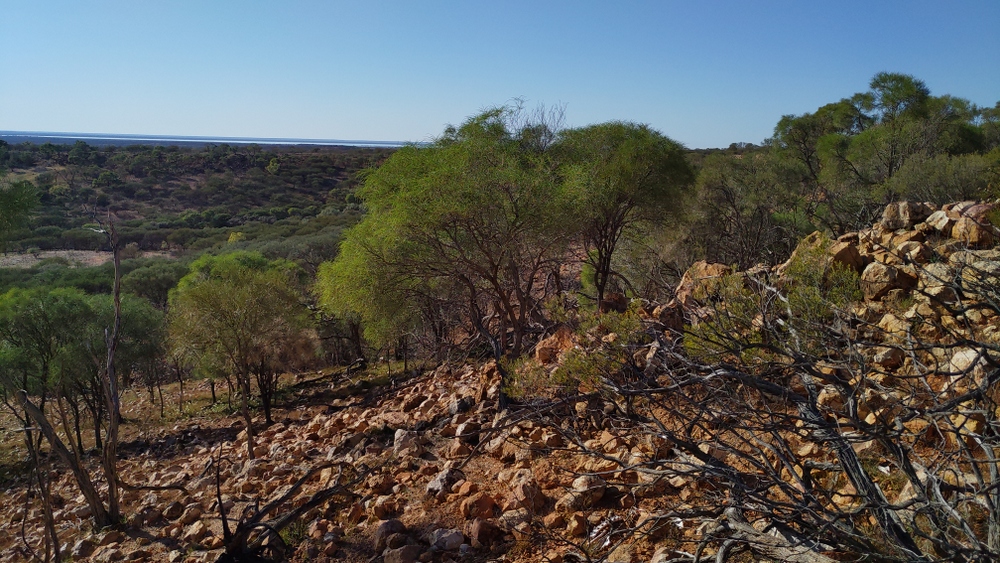
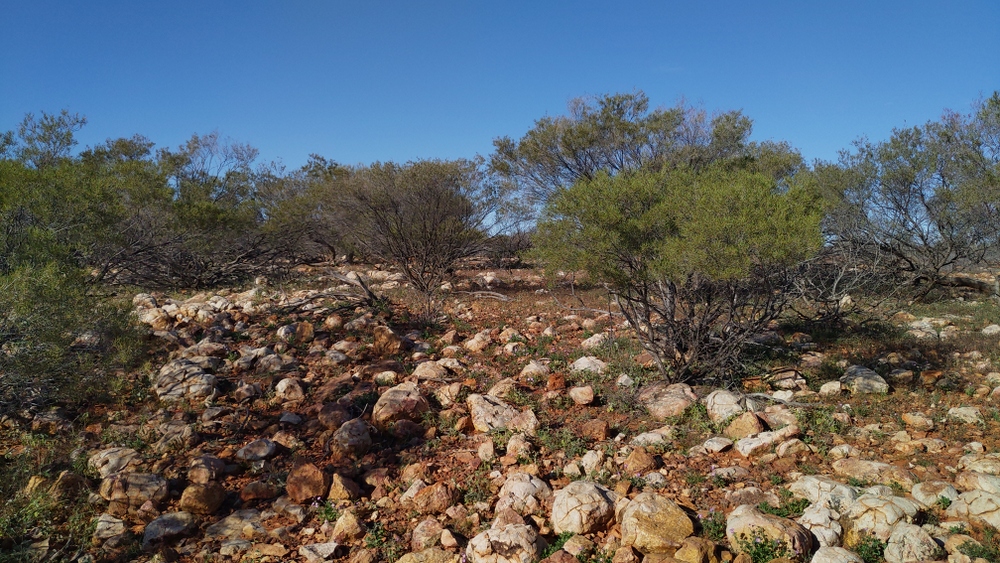

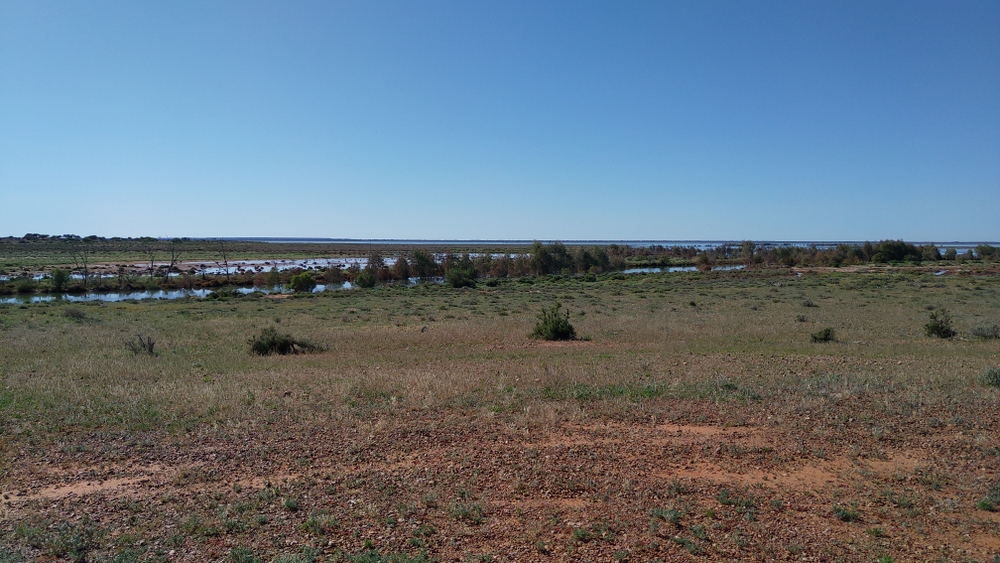


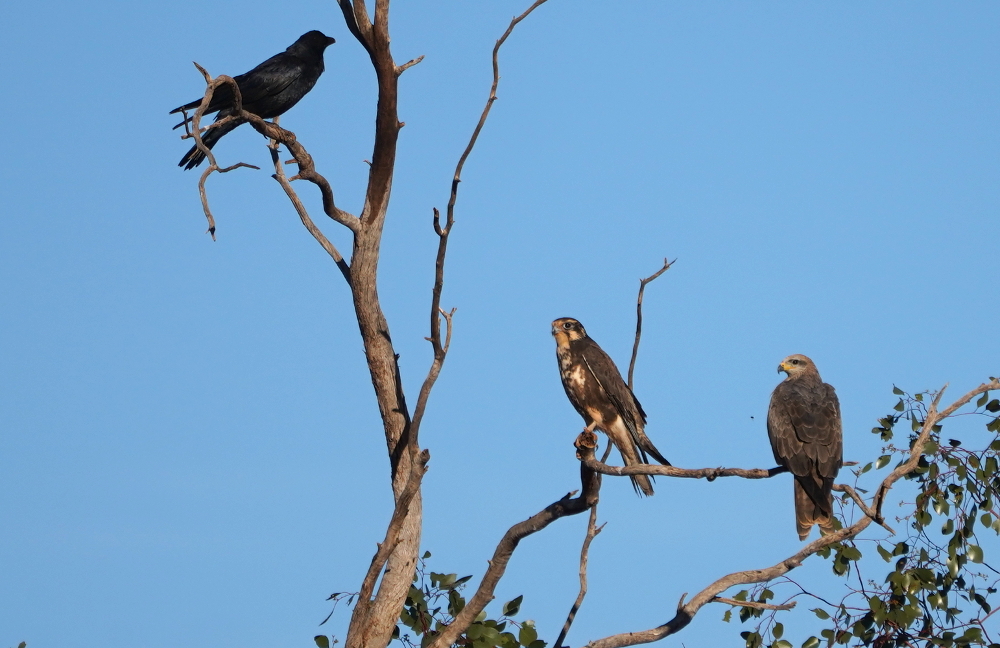
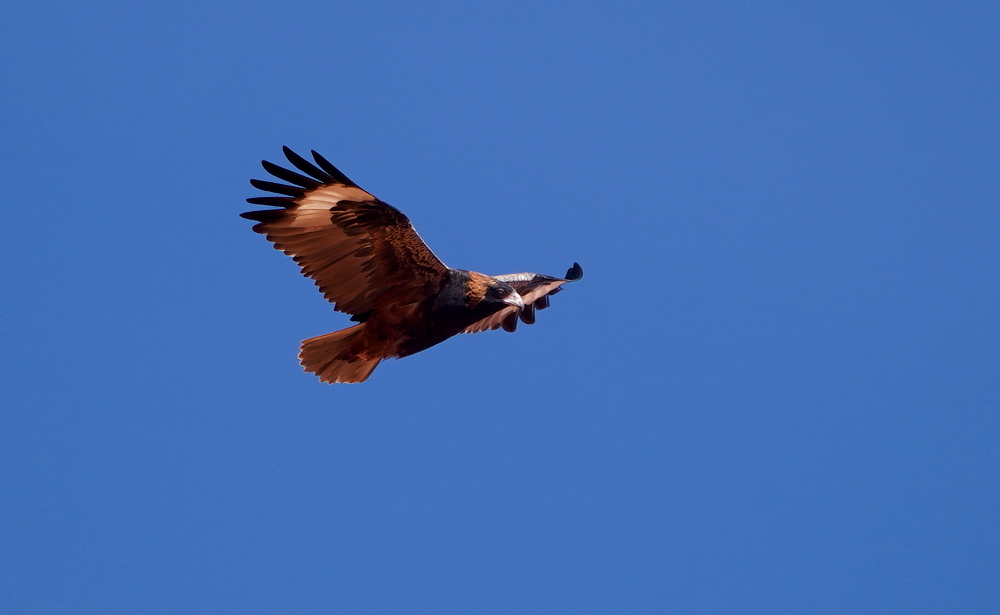
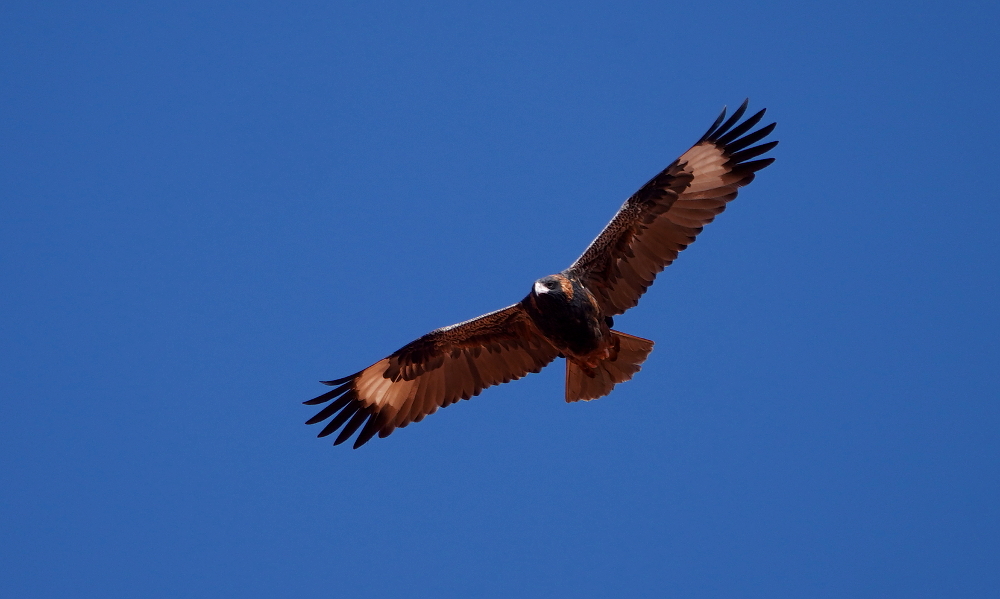
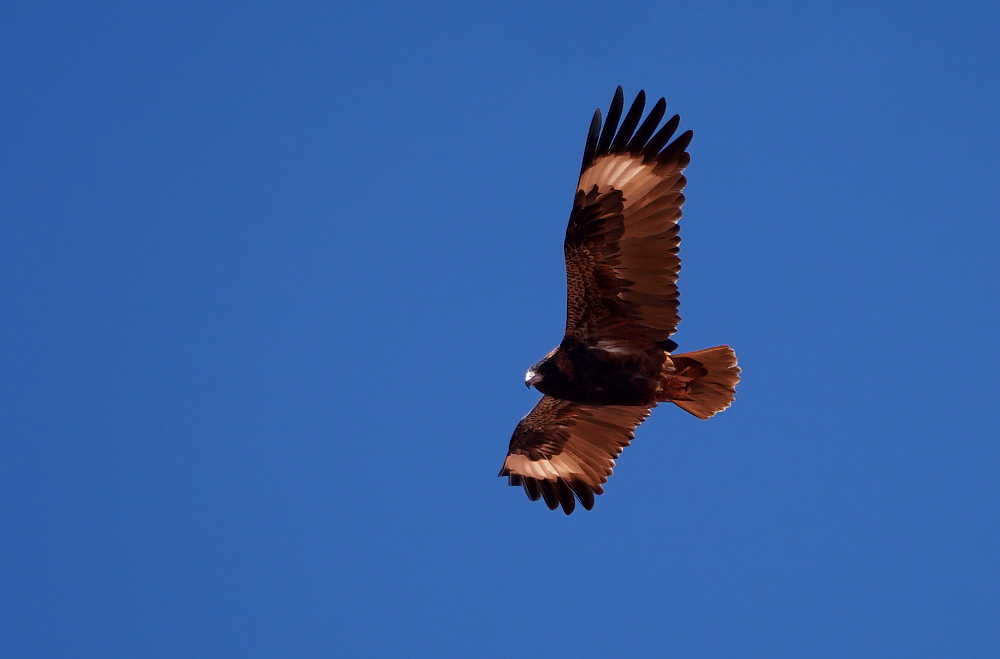
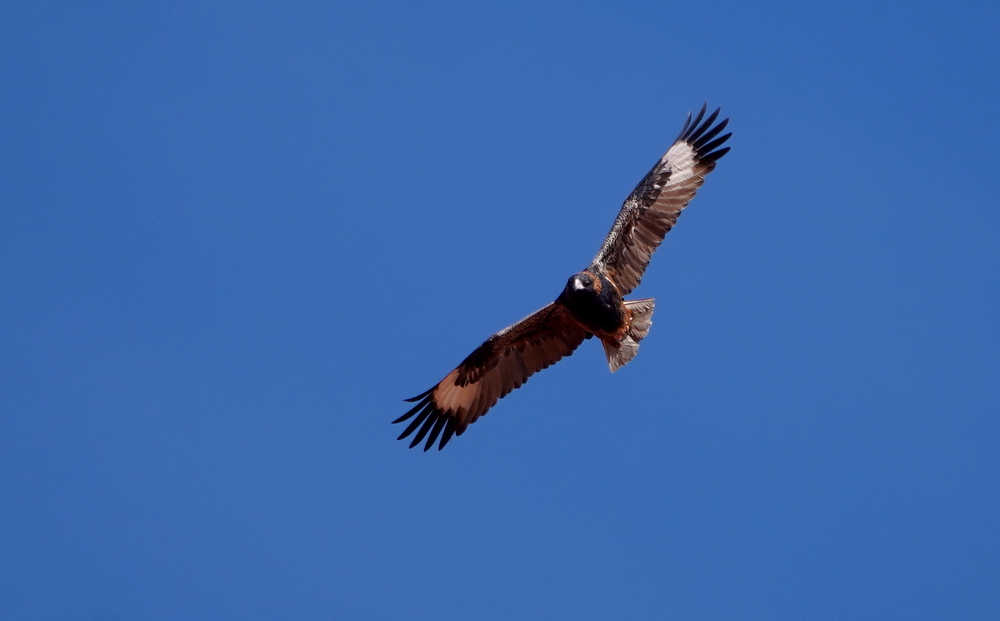

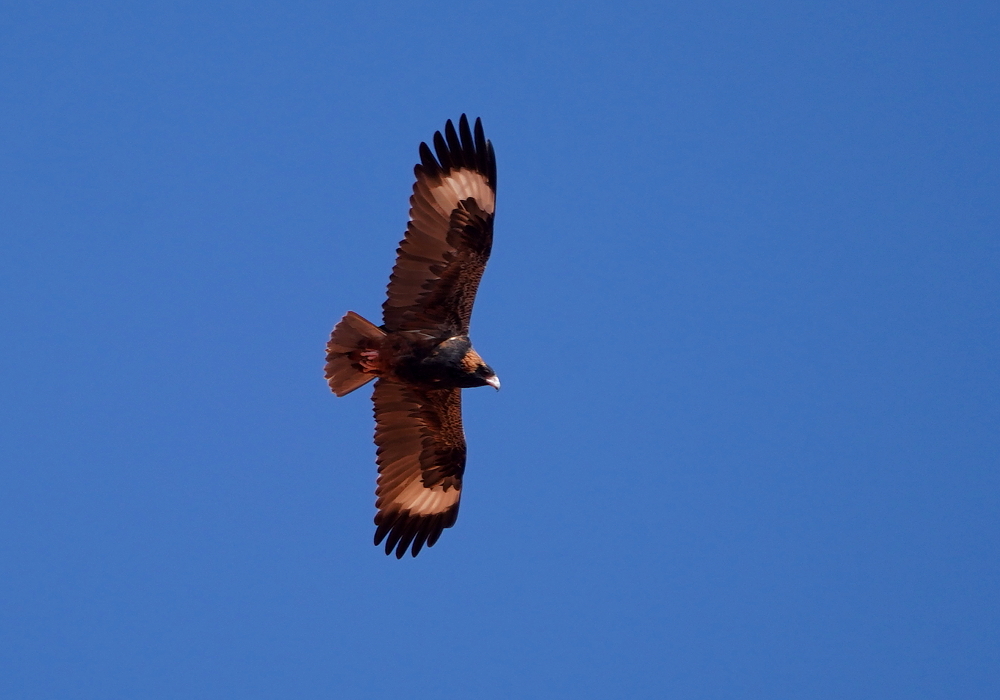
Leave a Reply